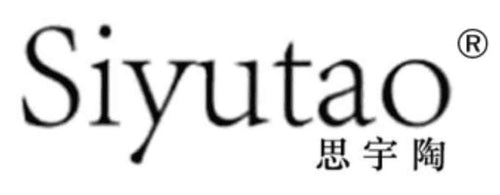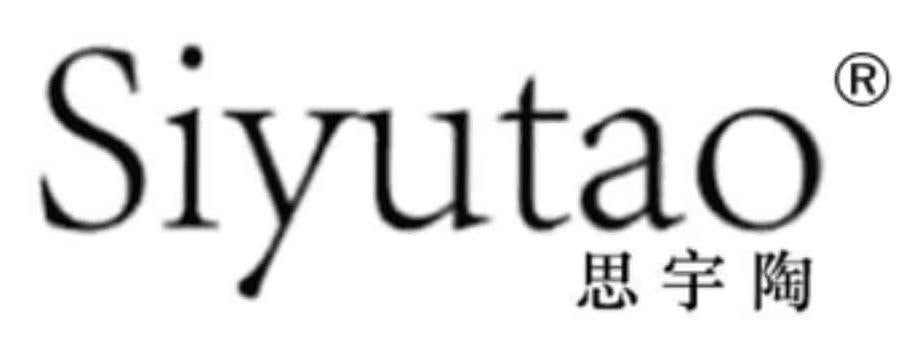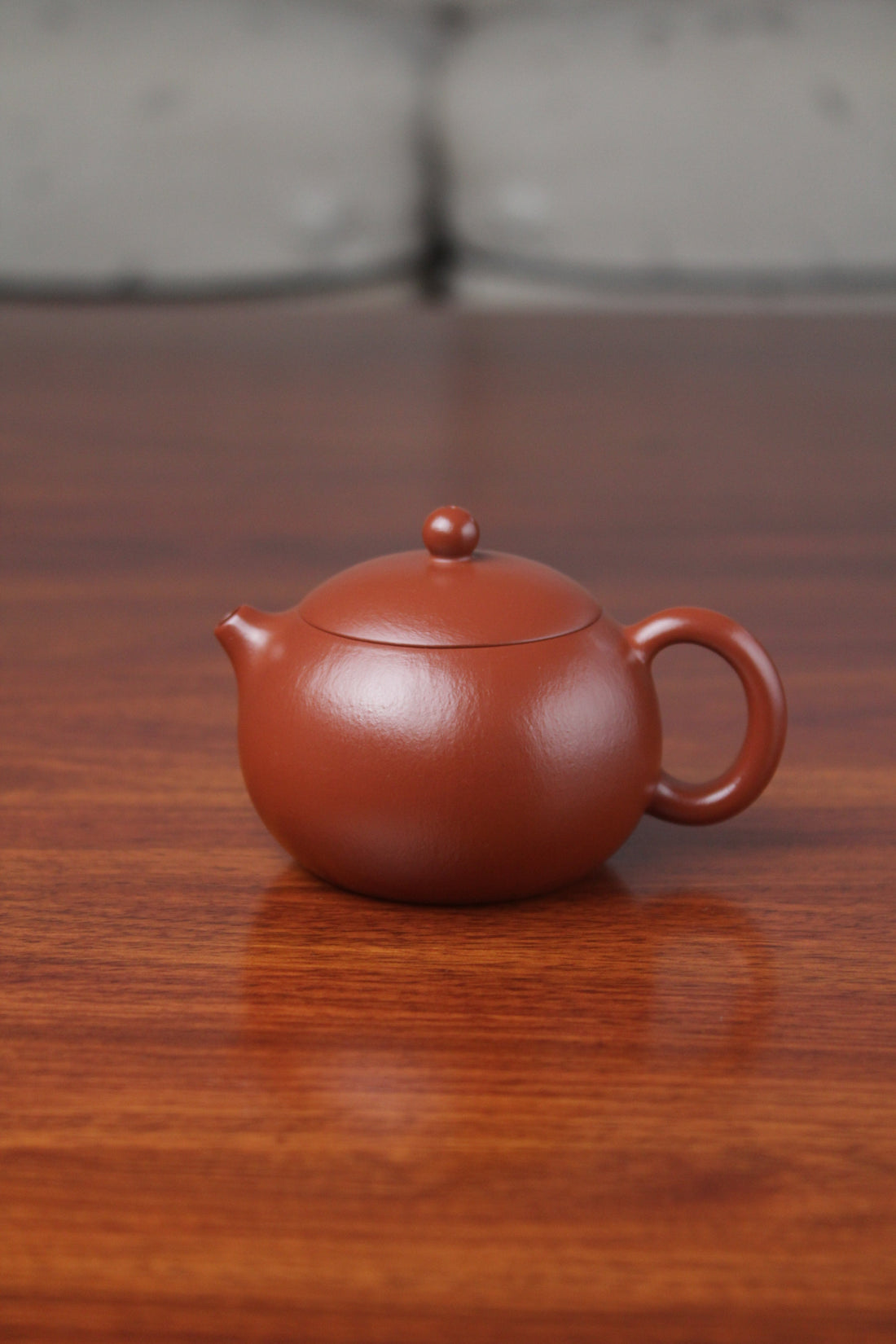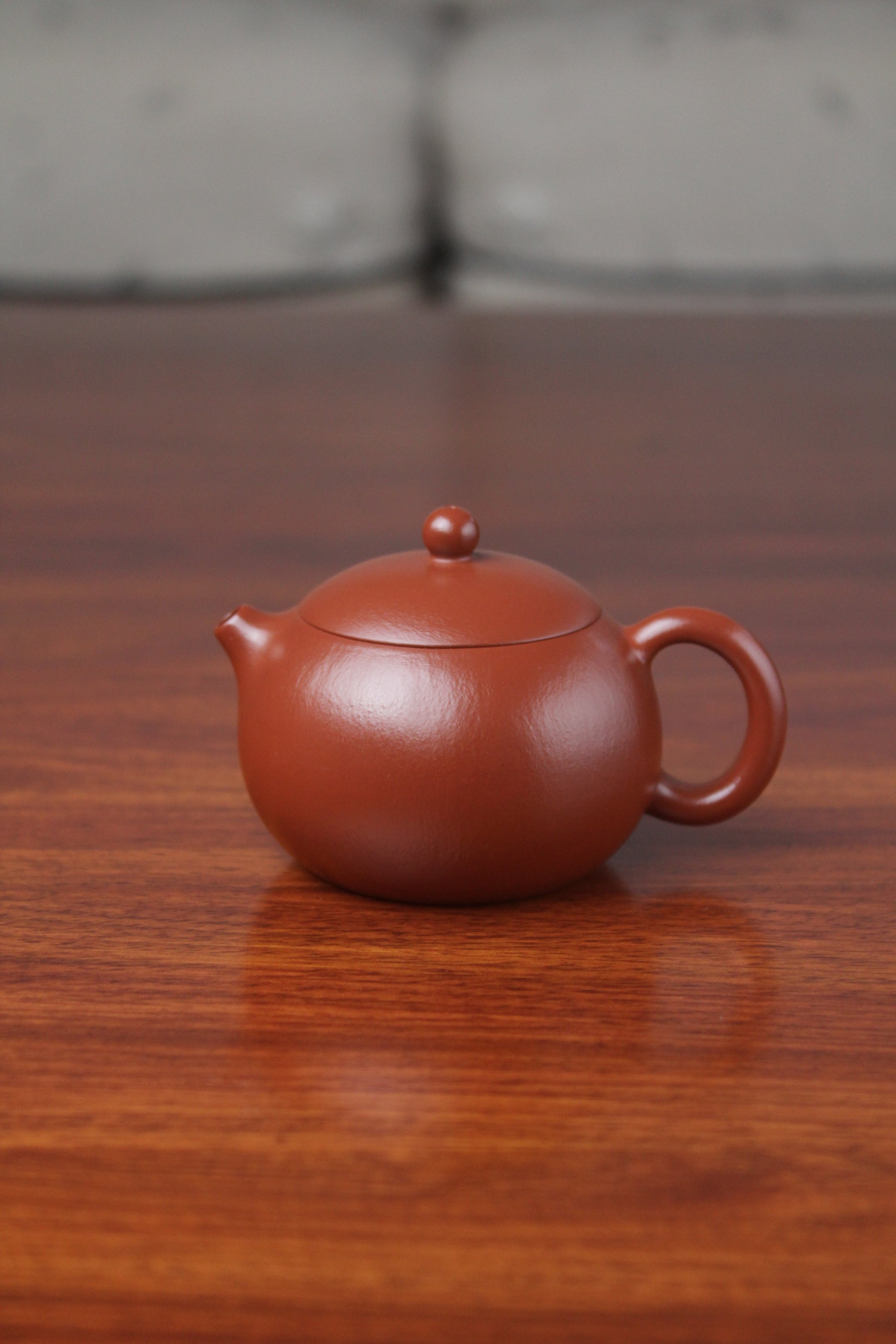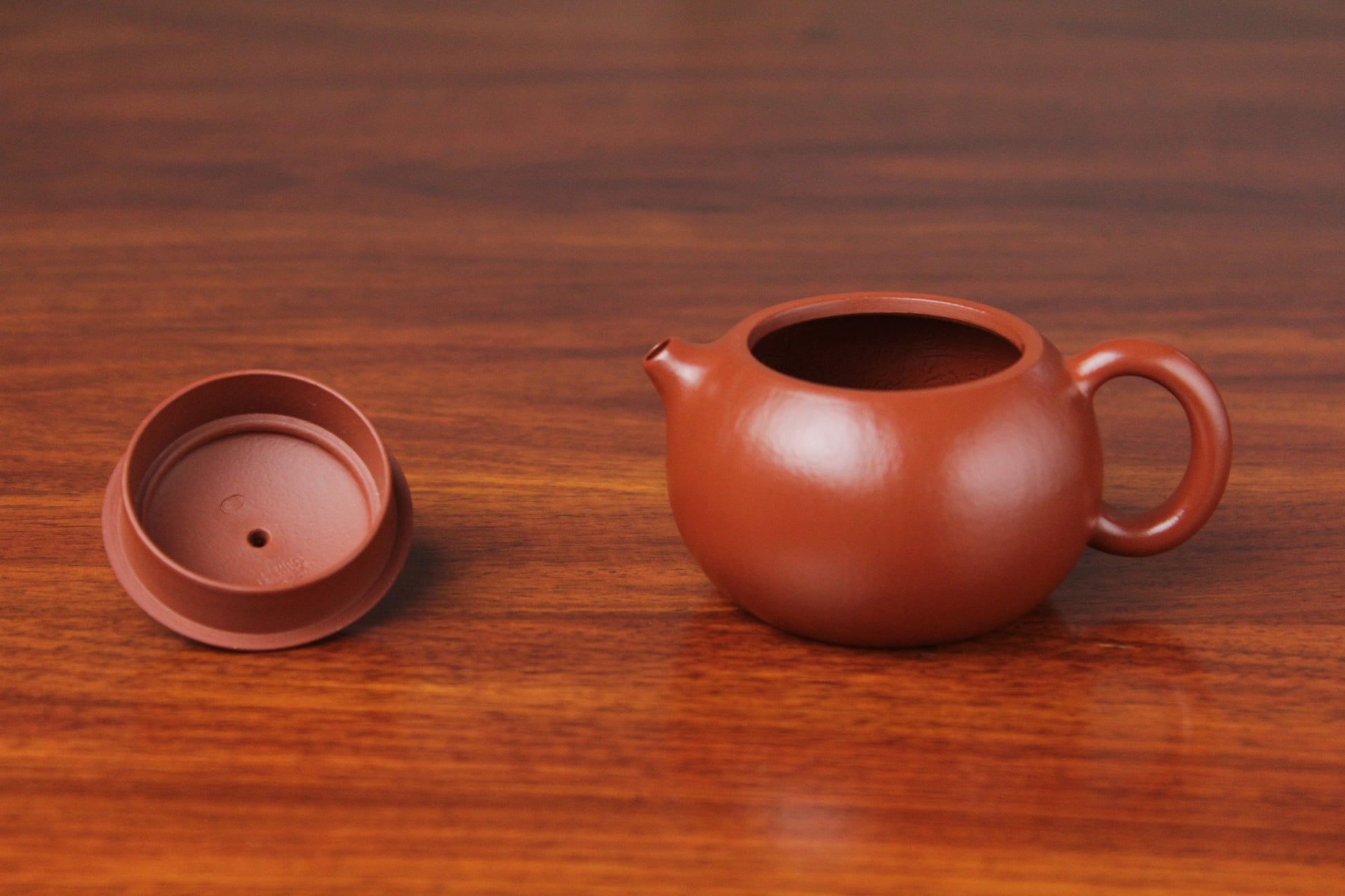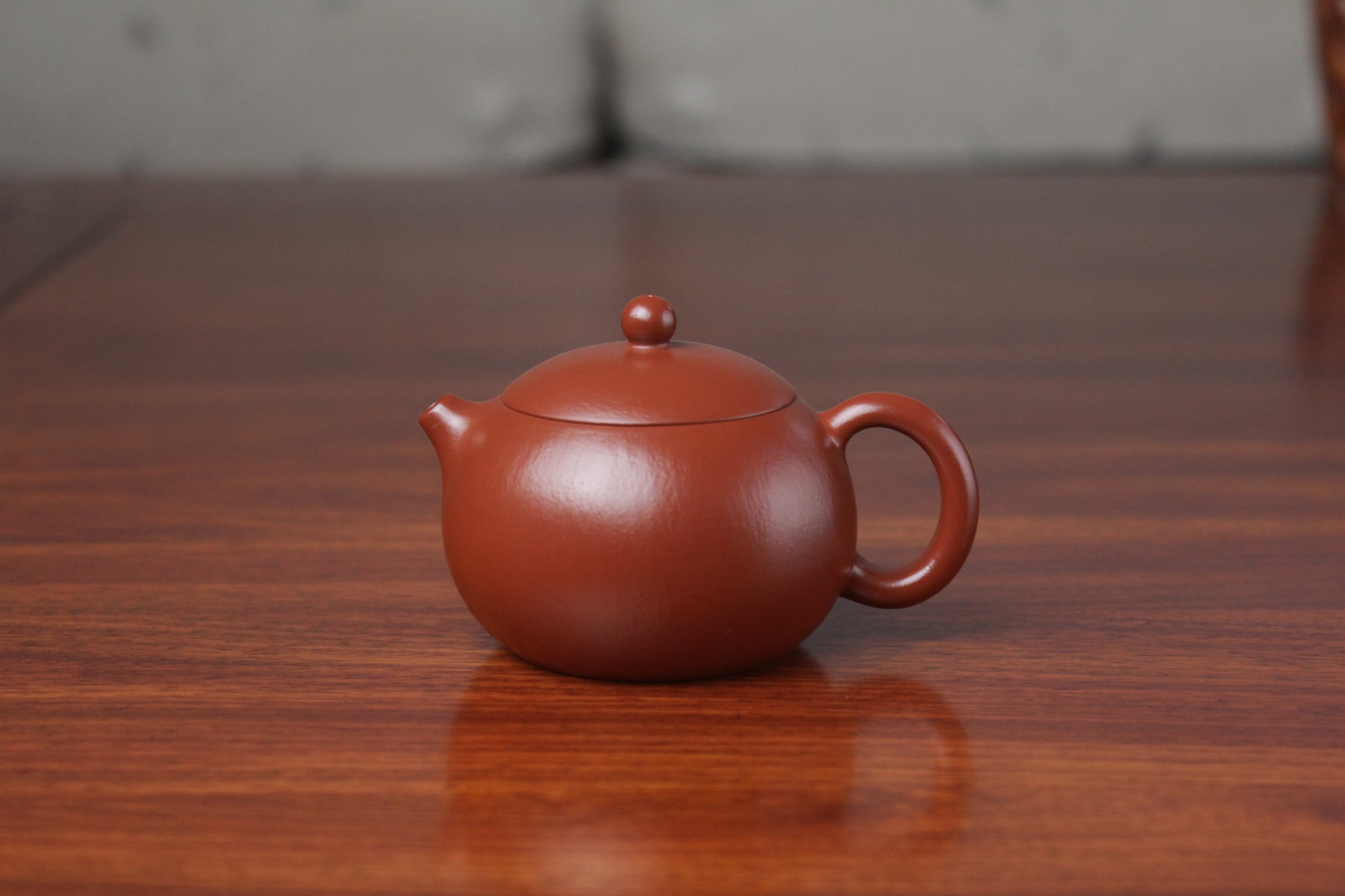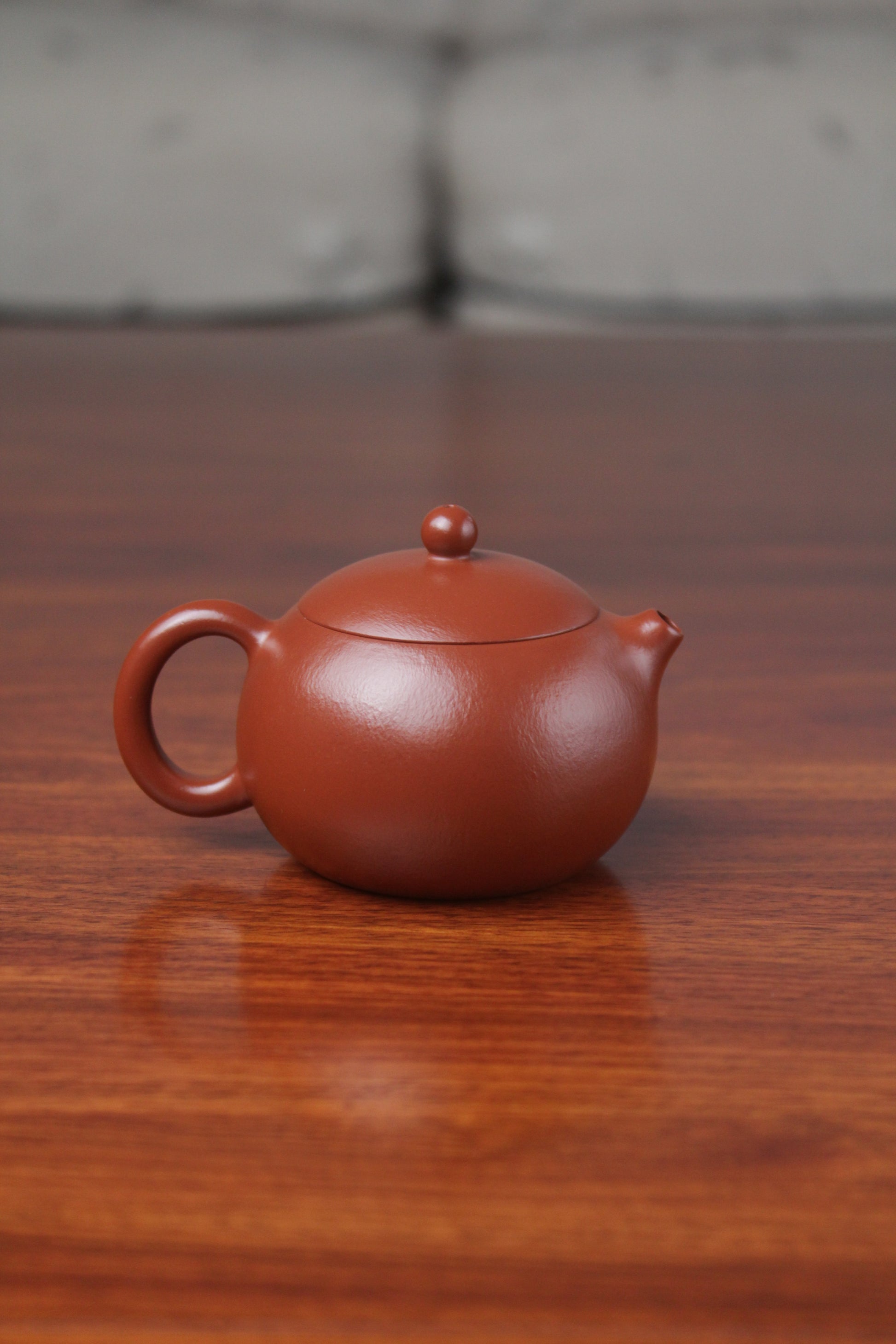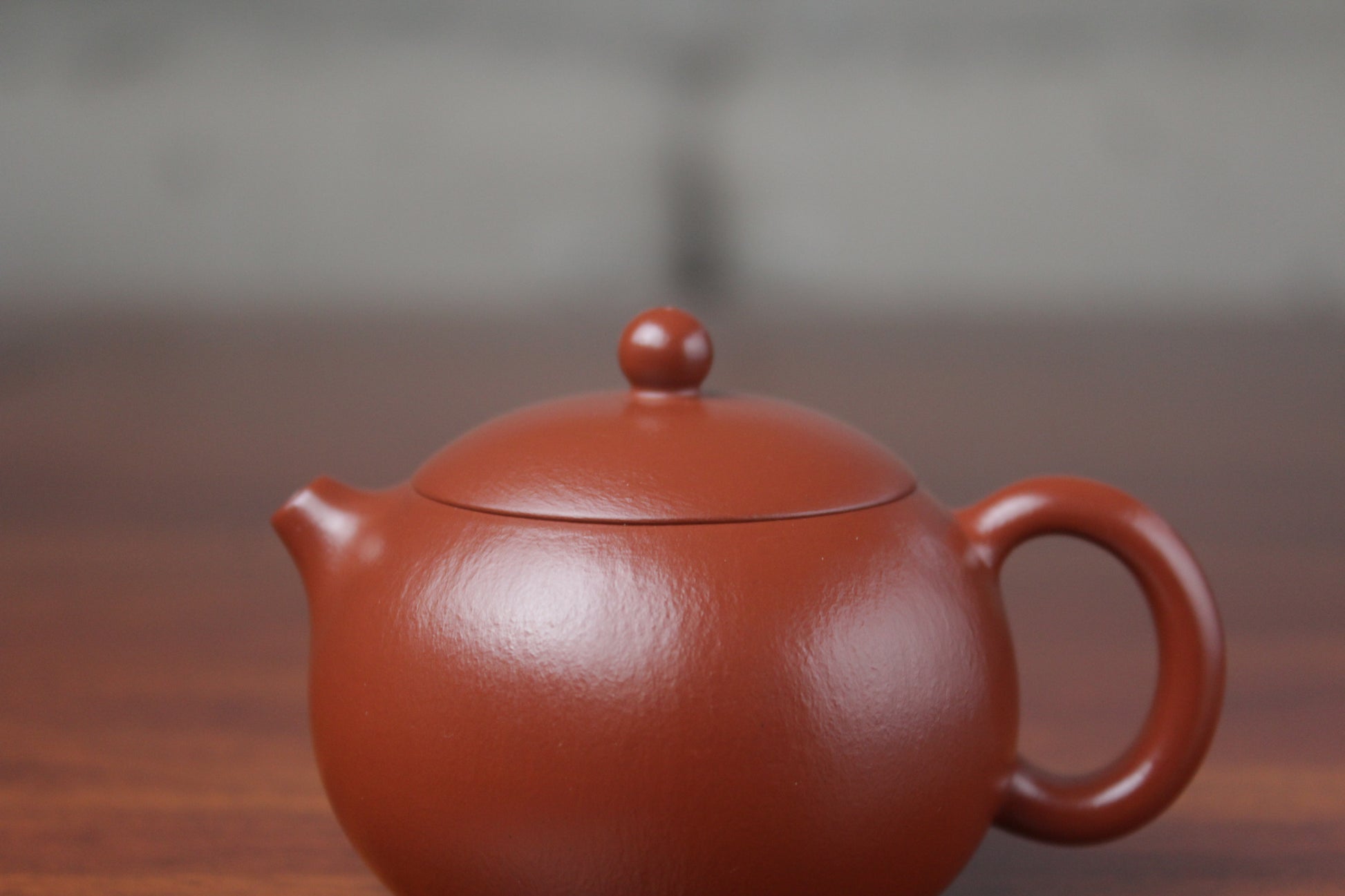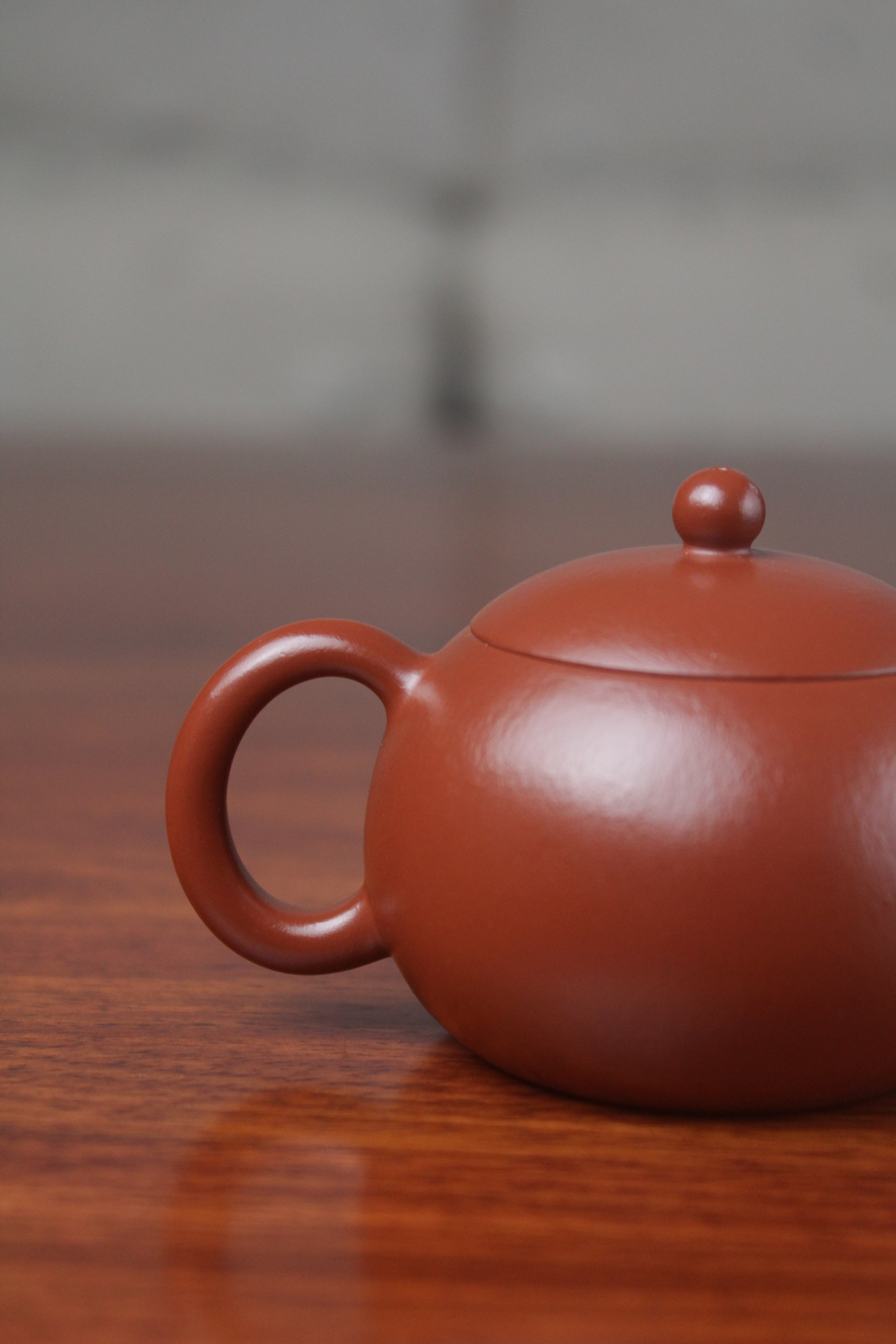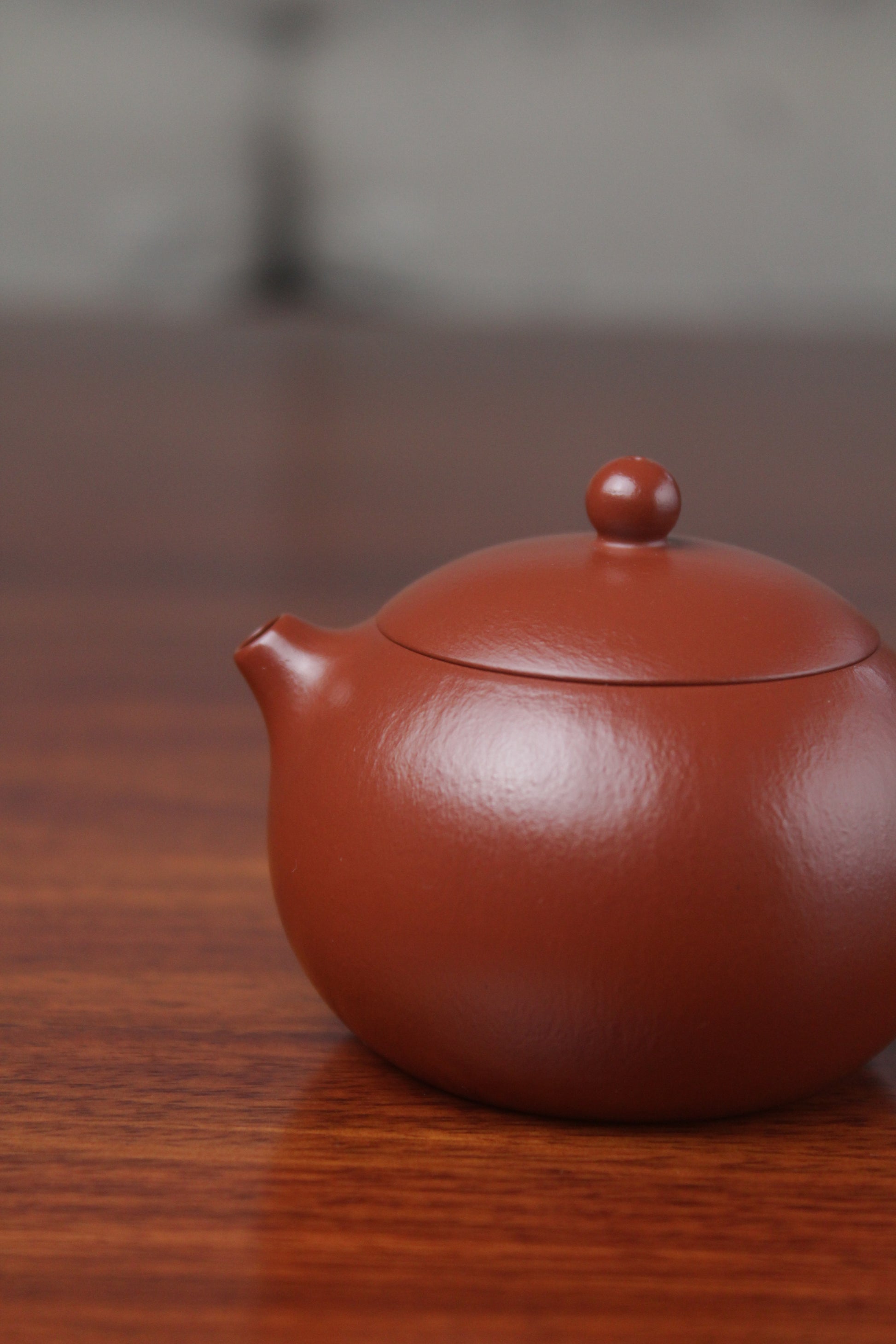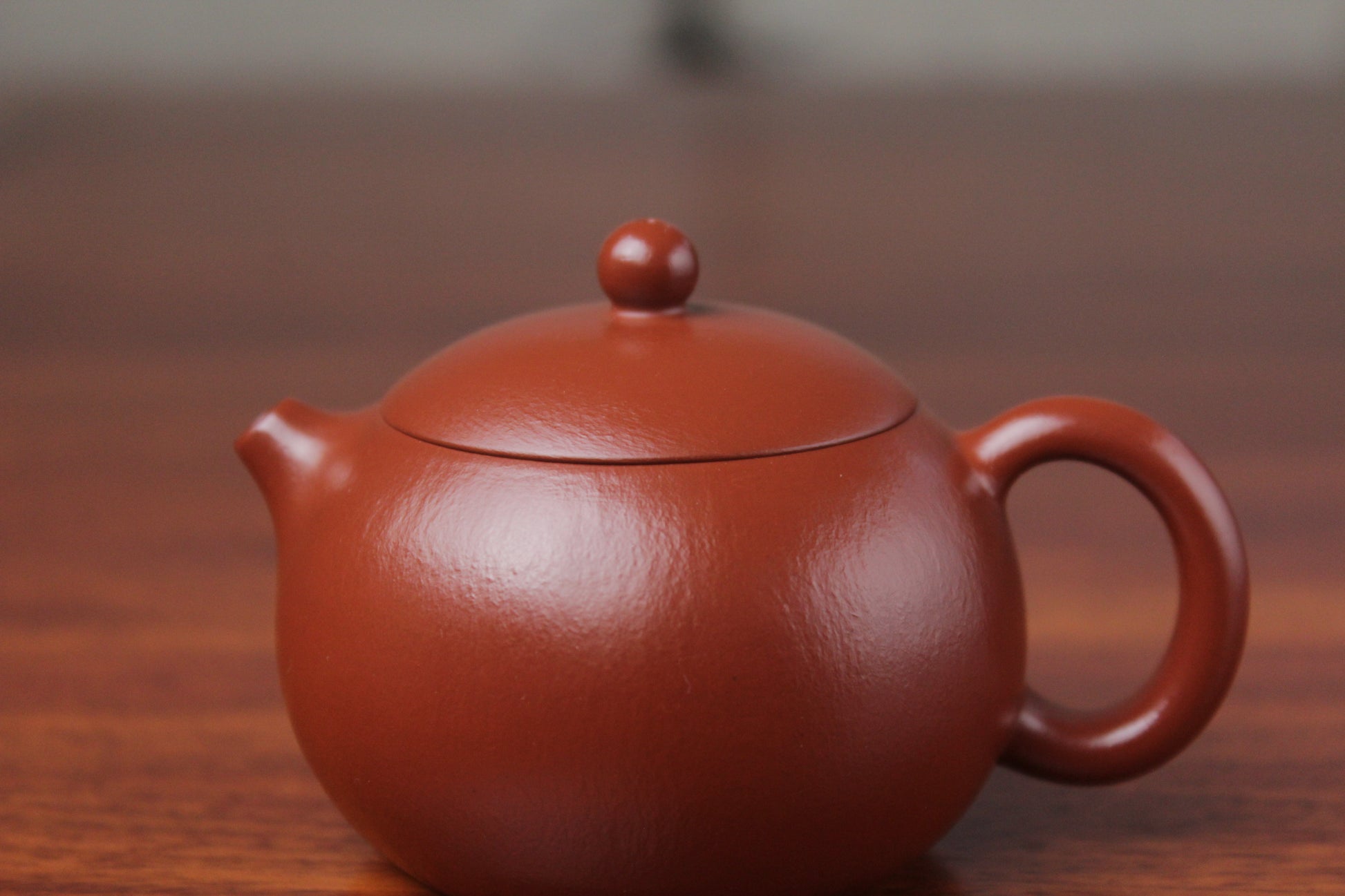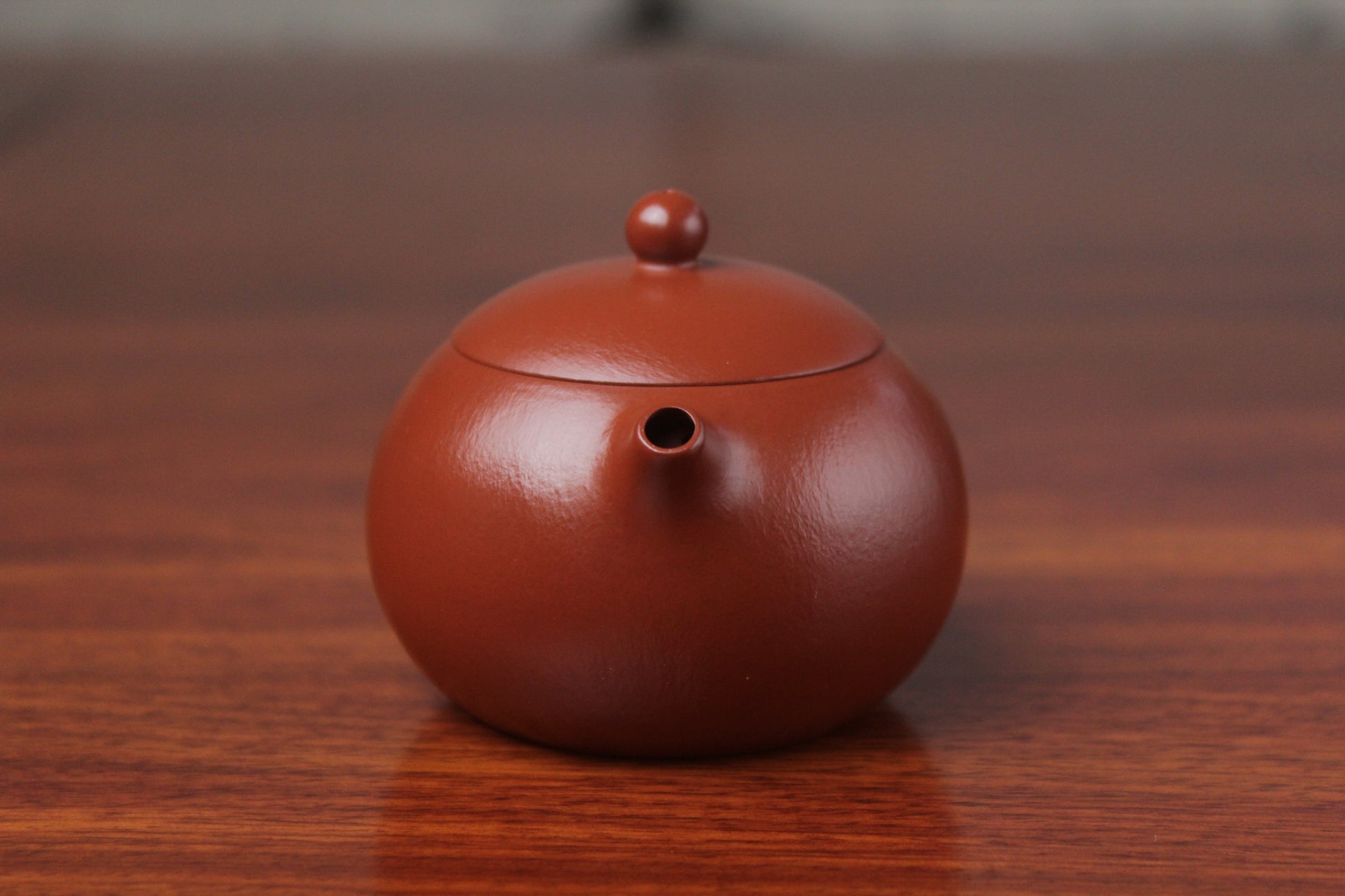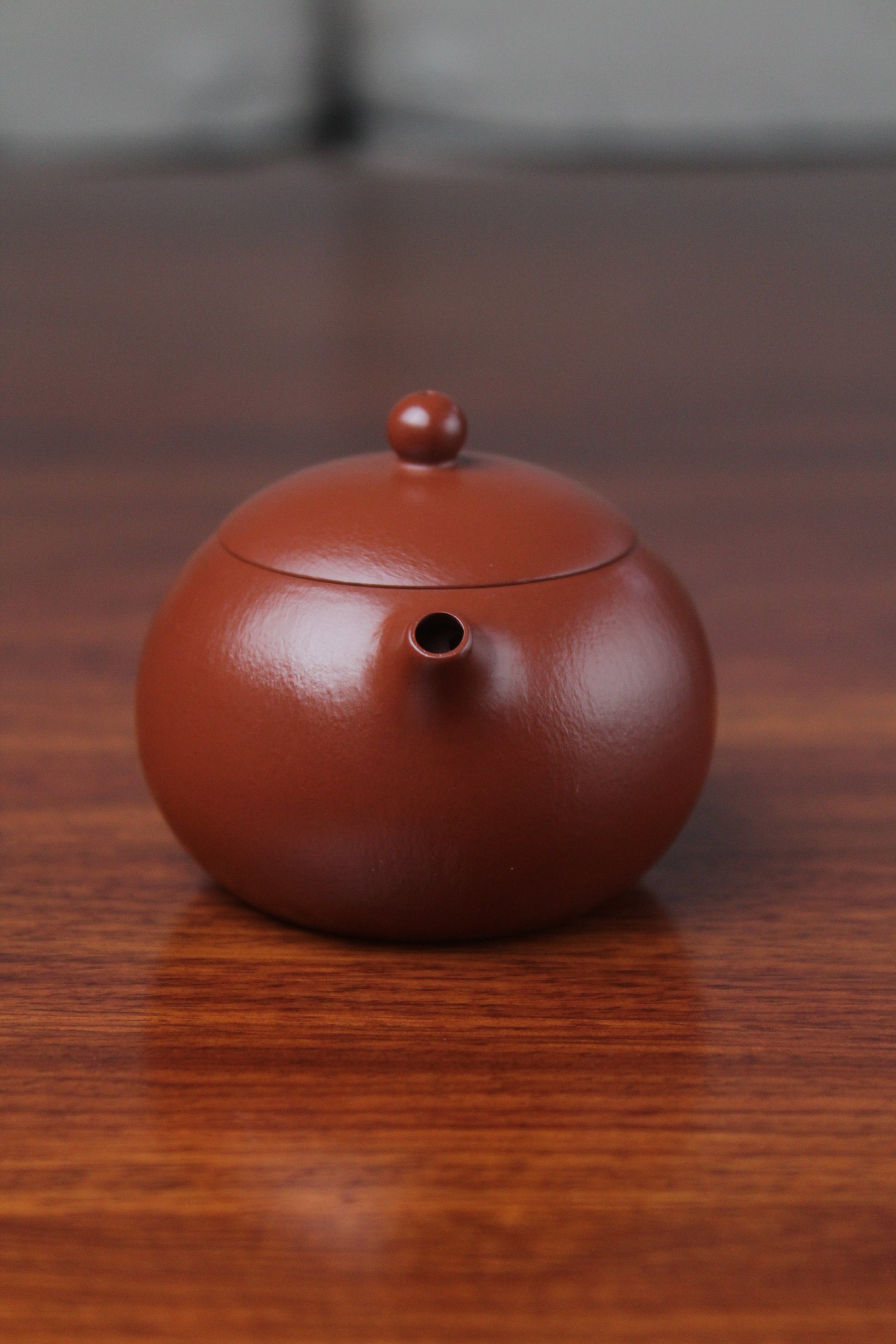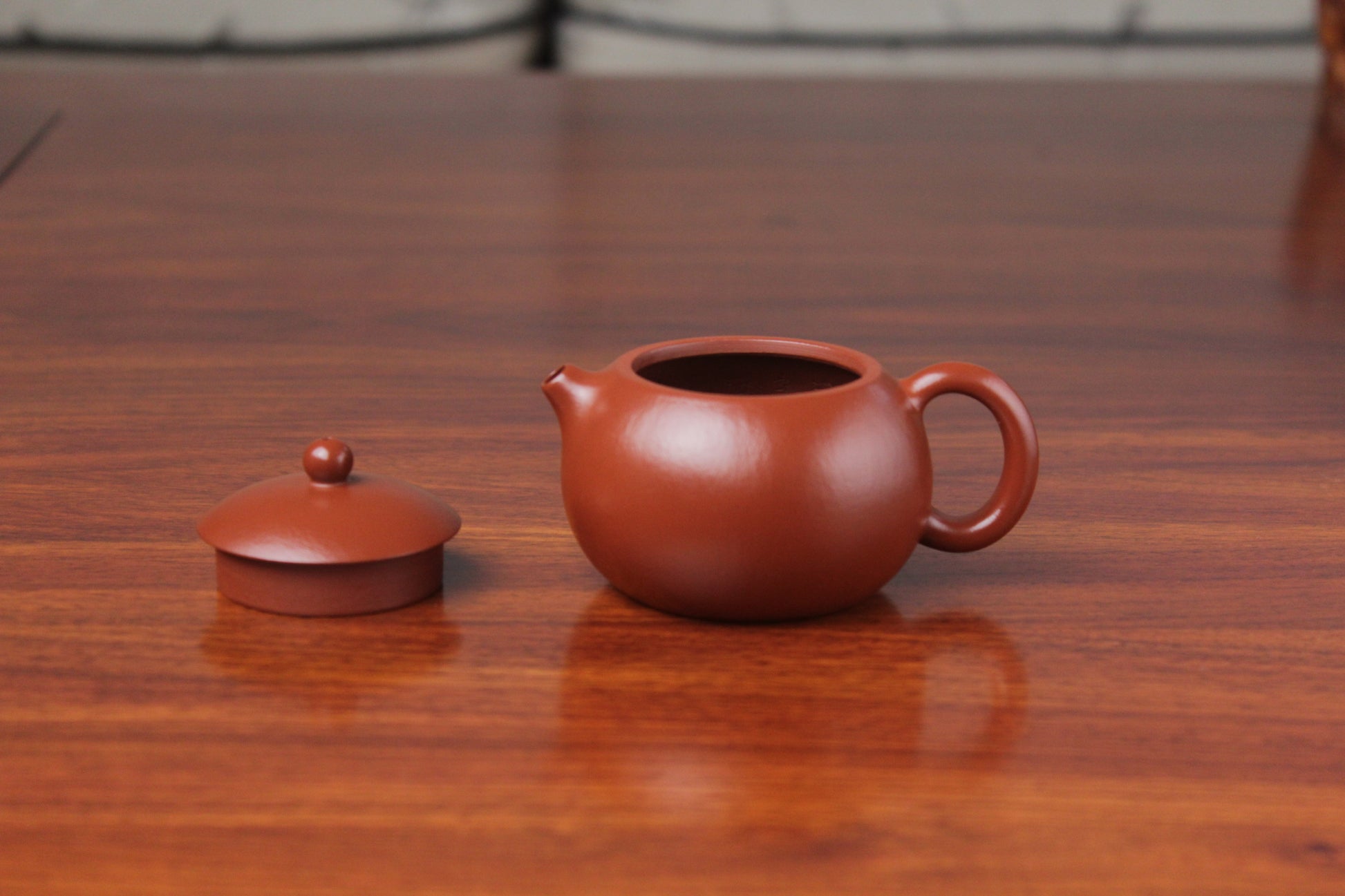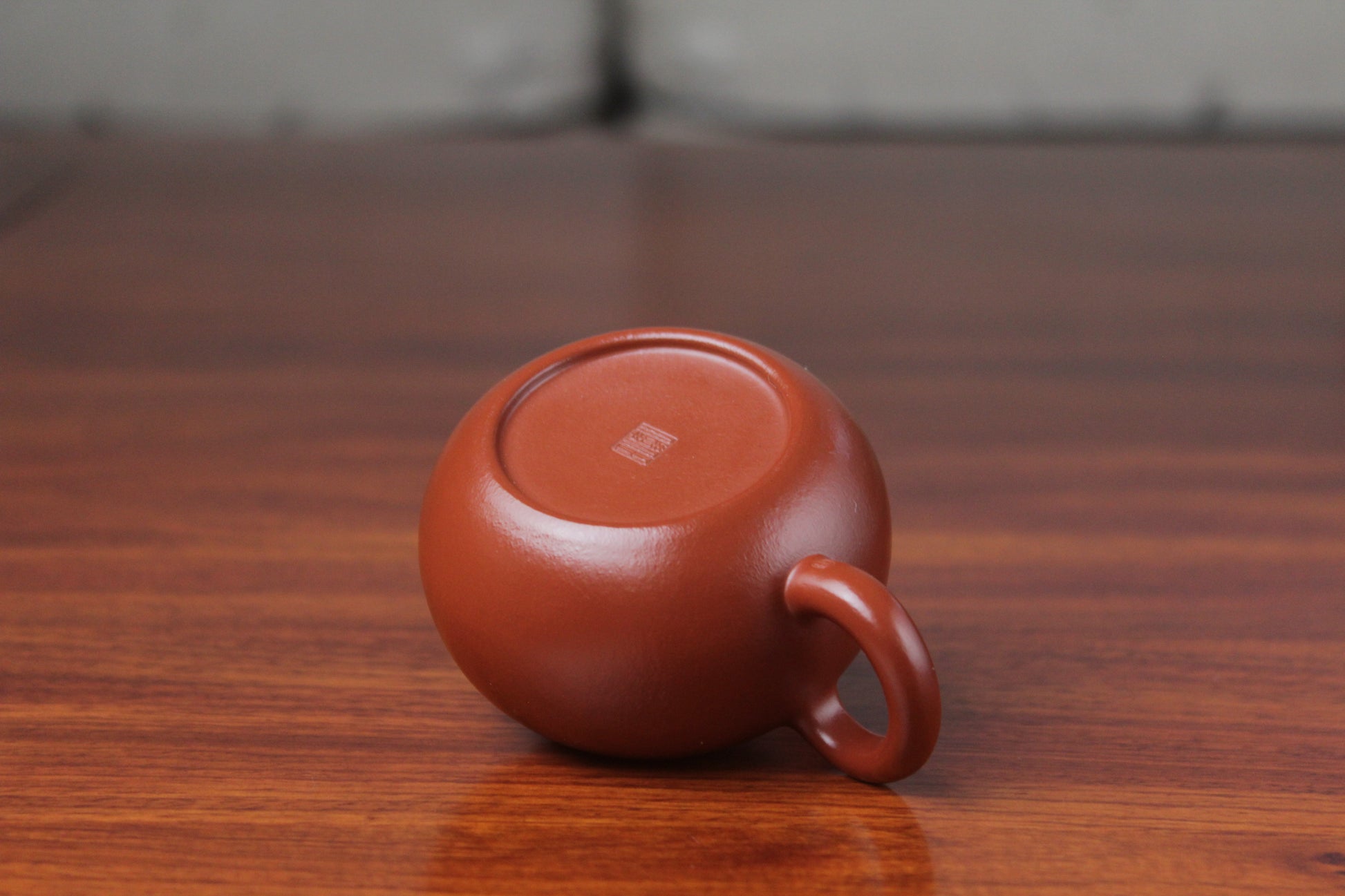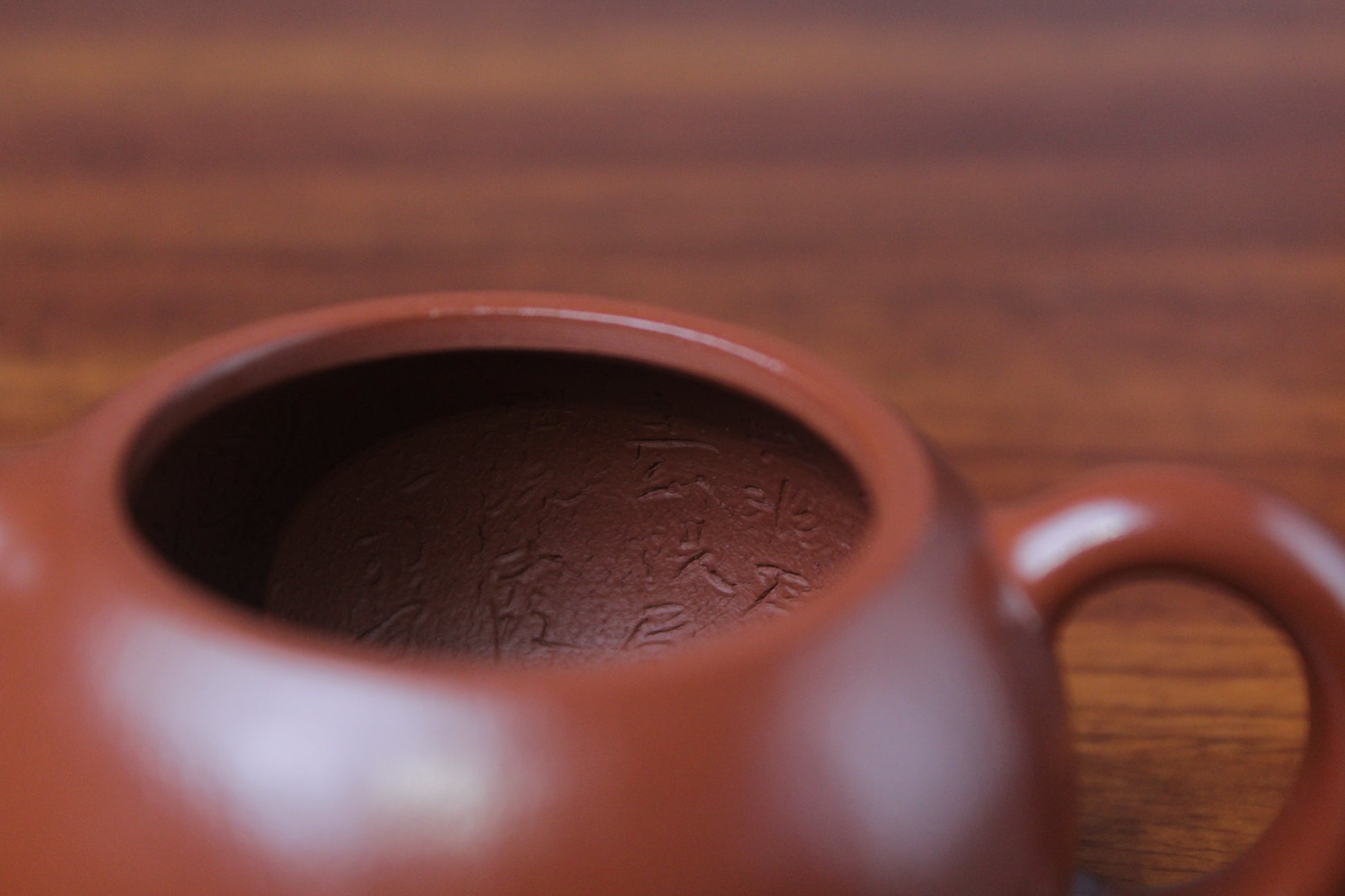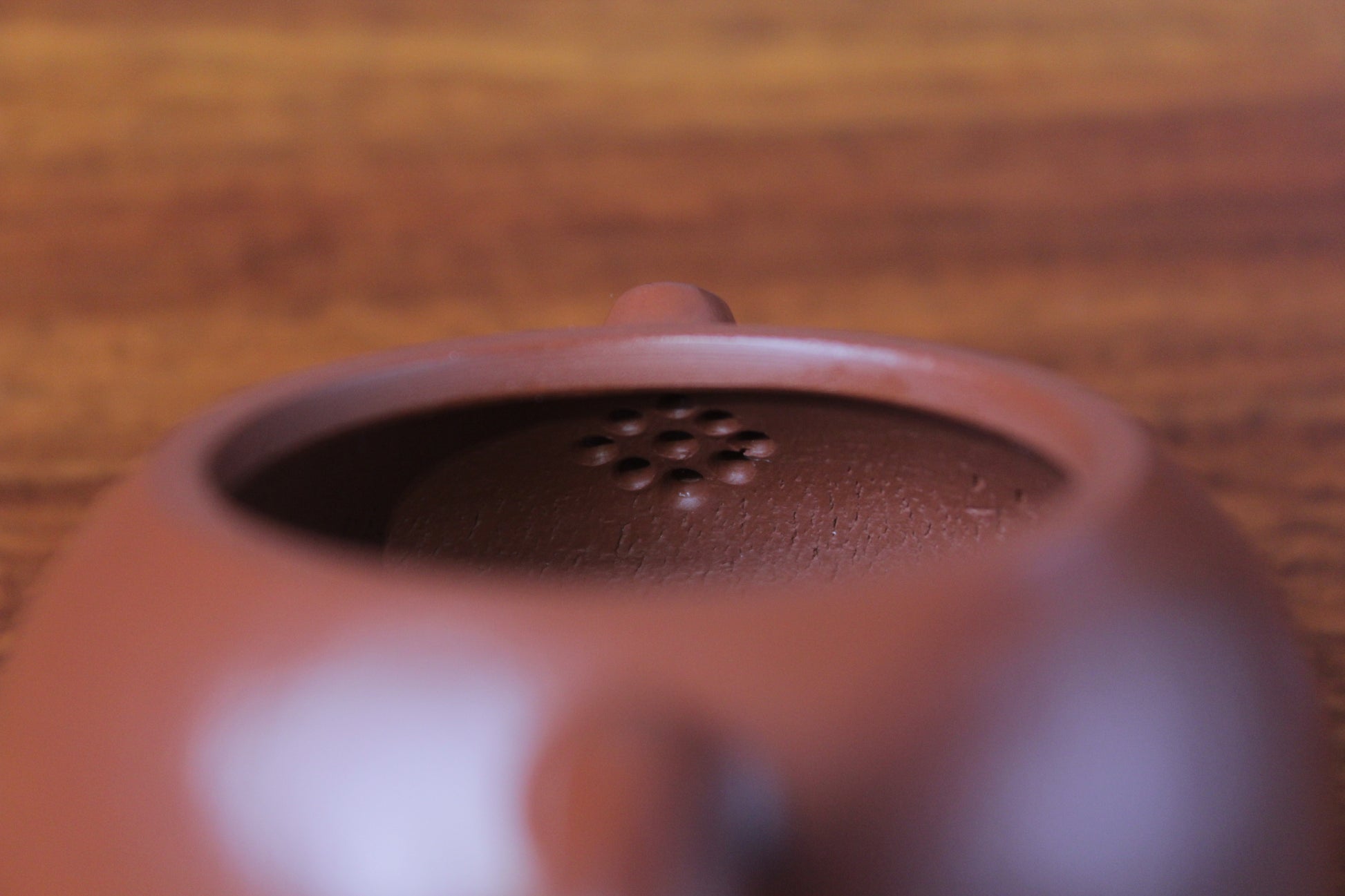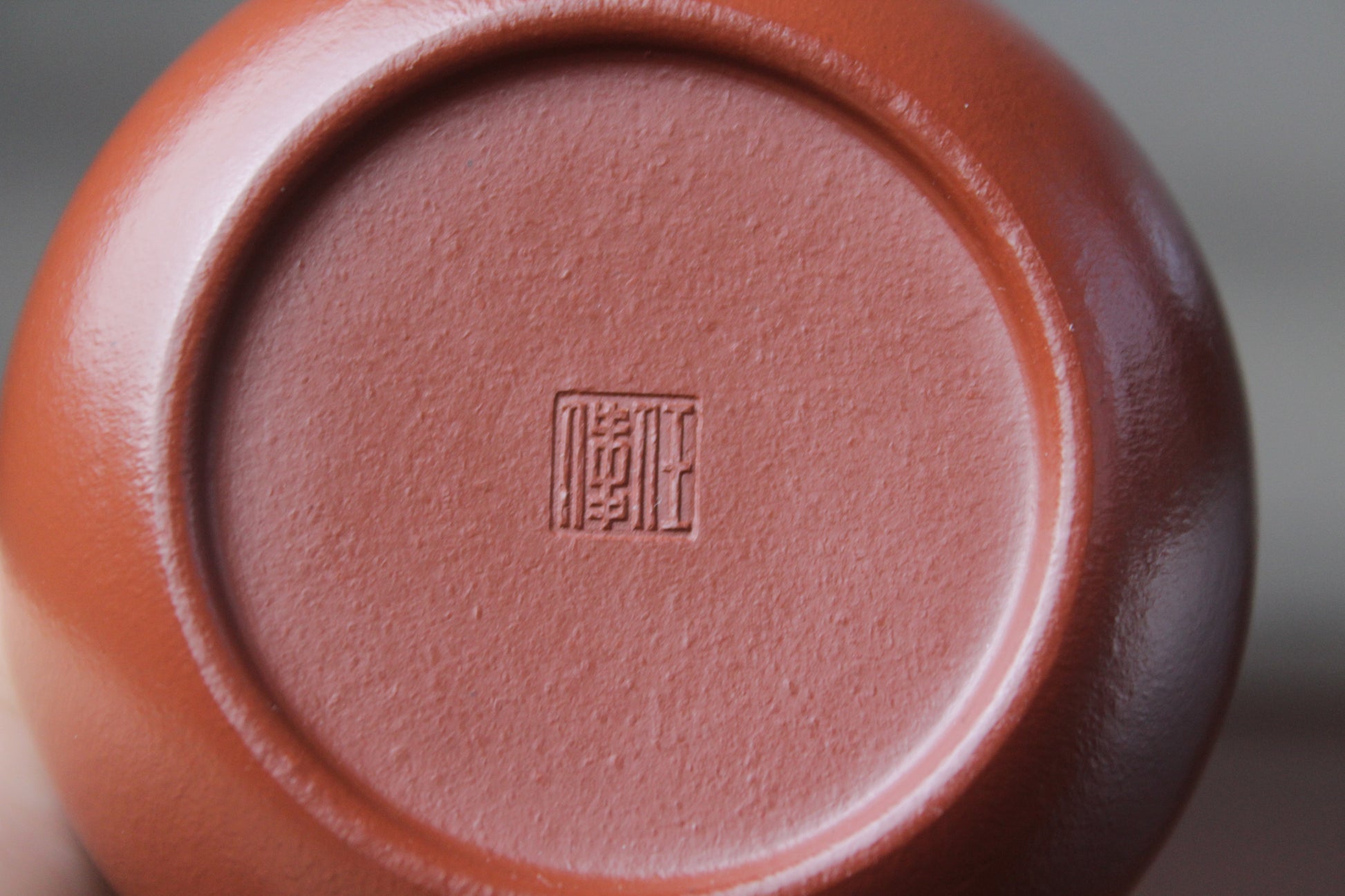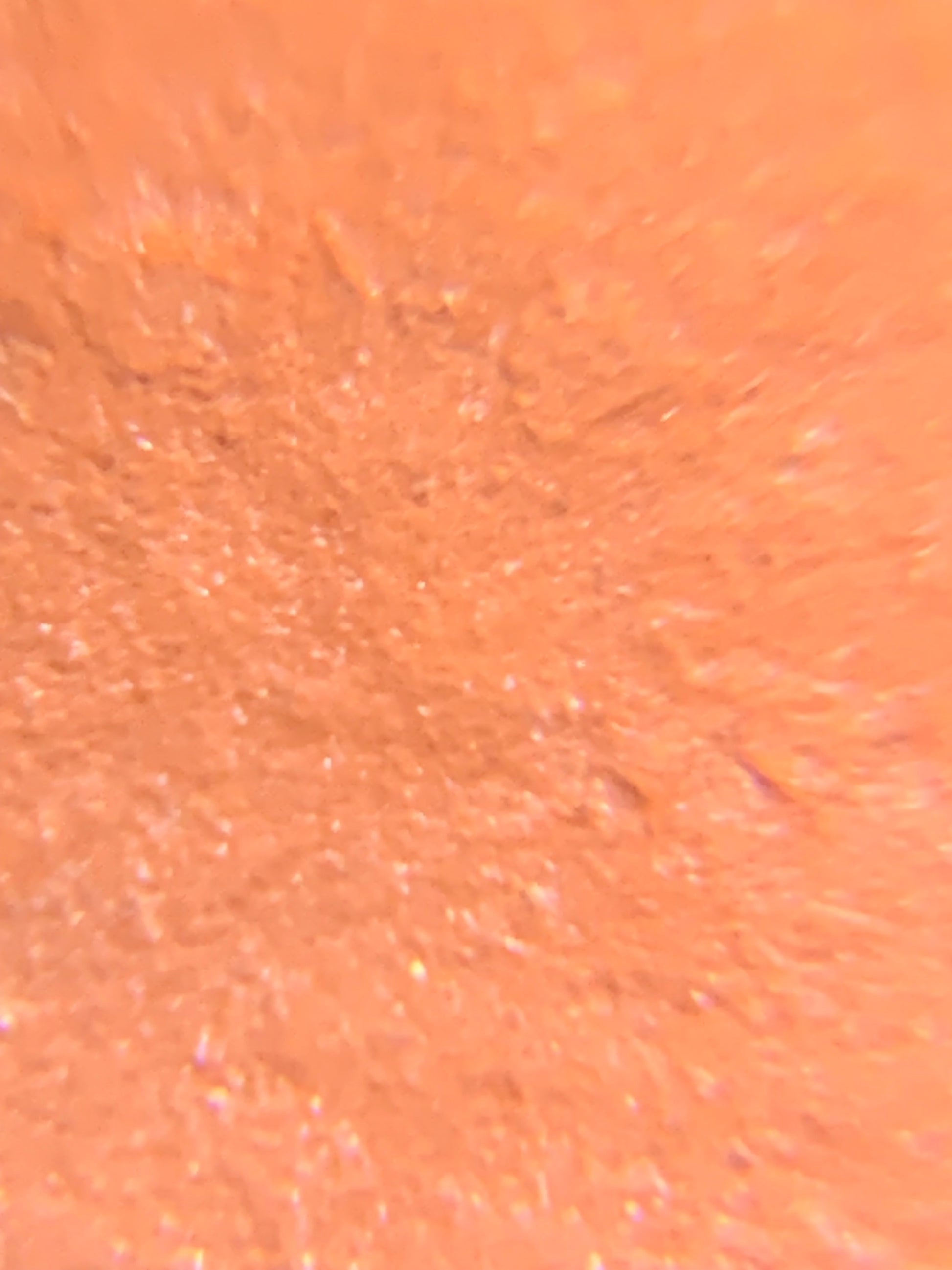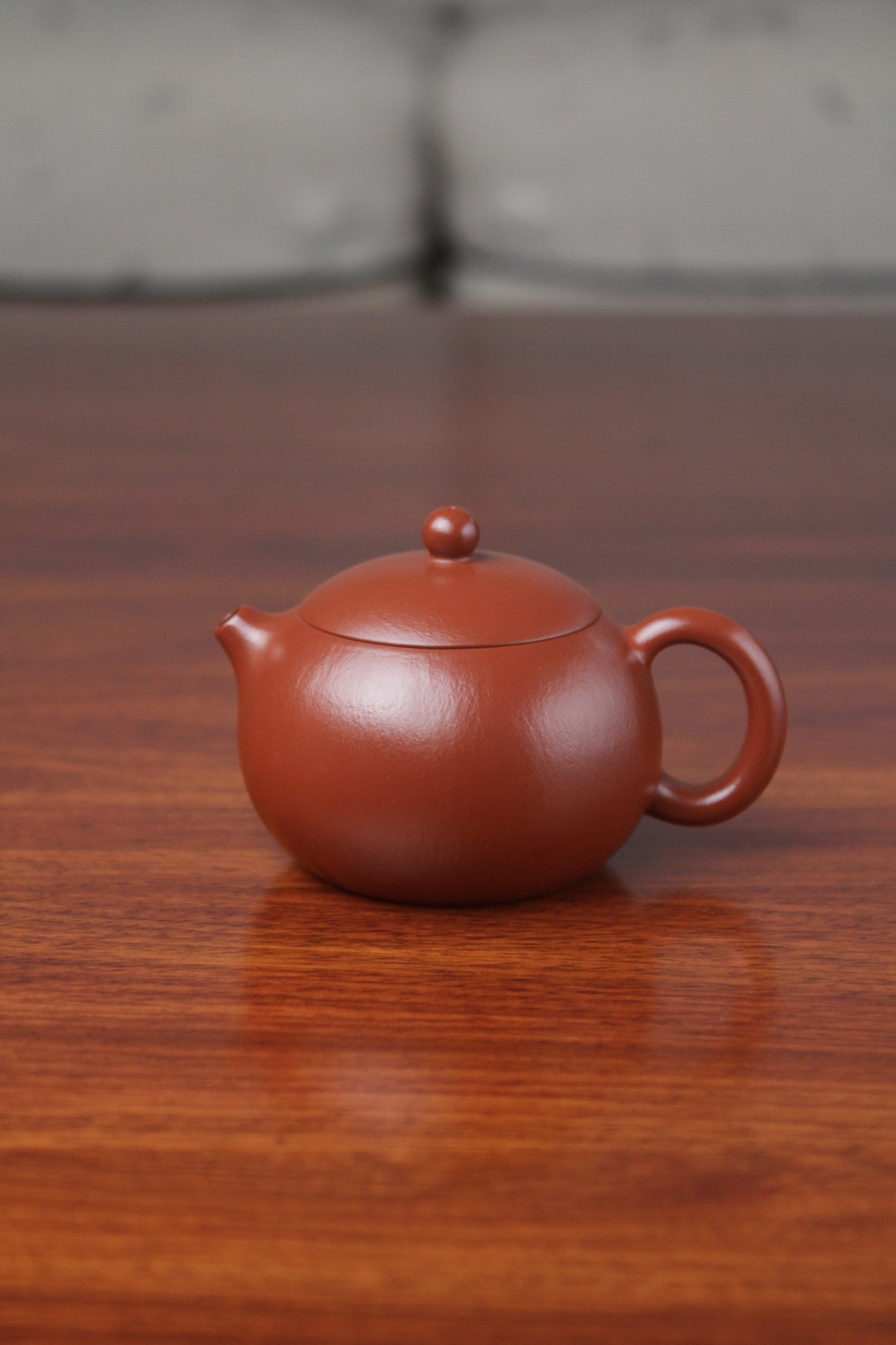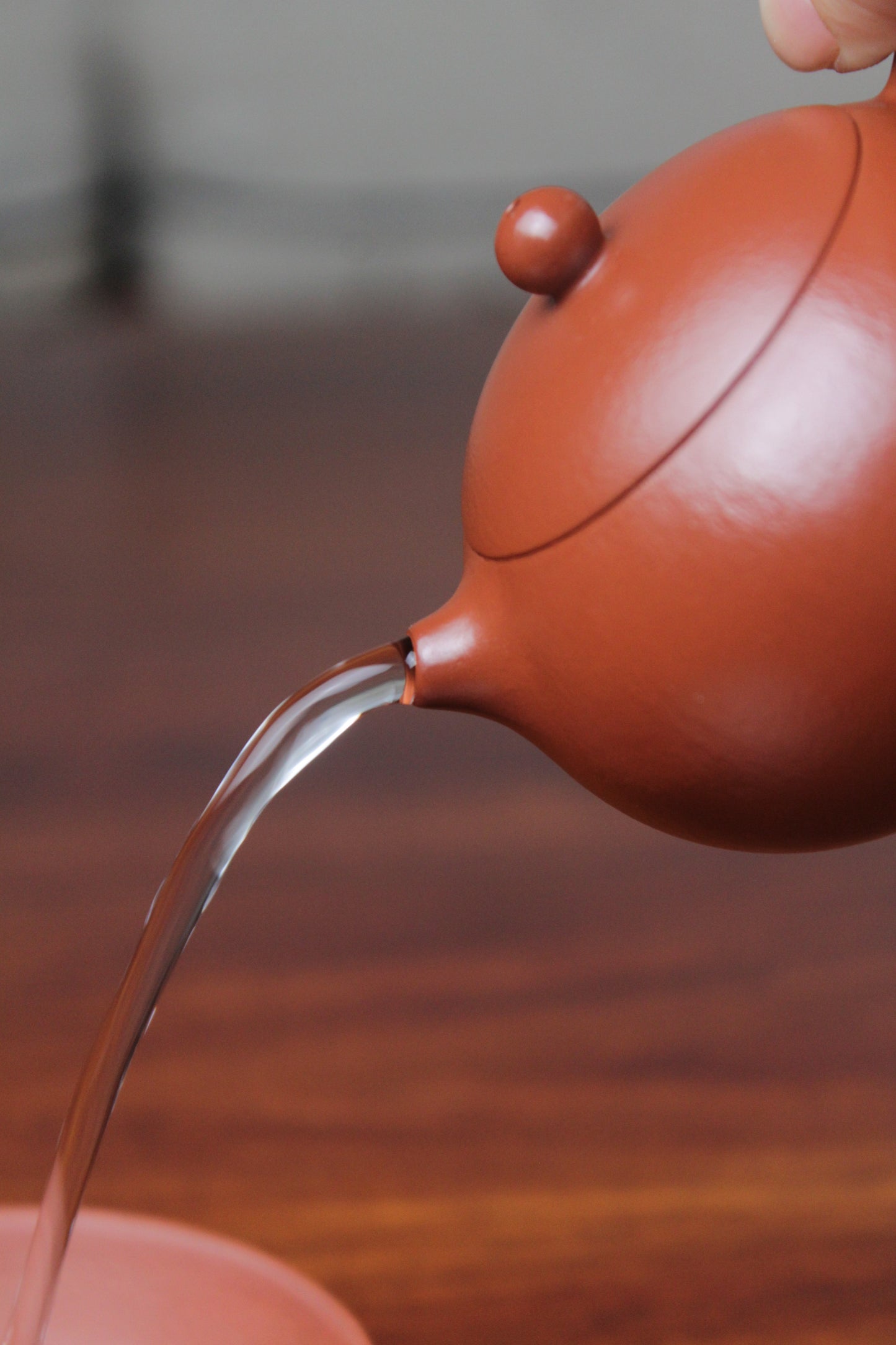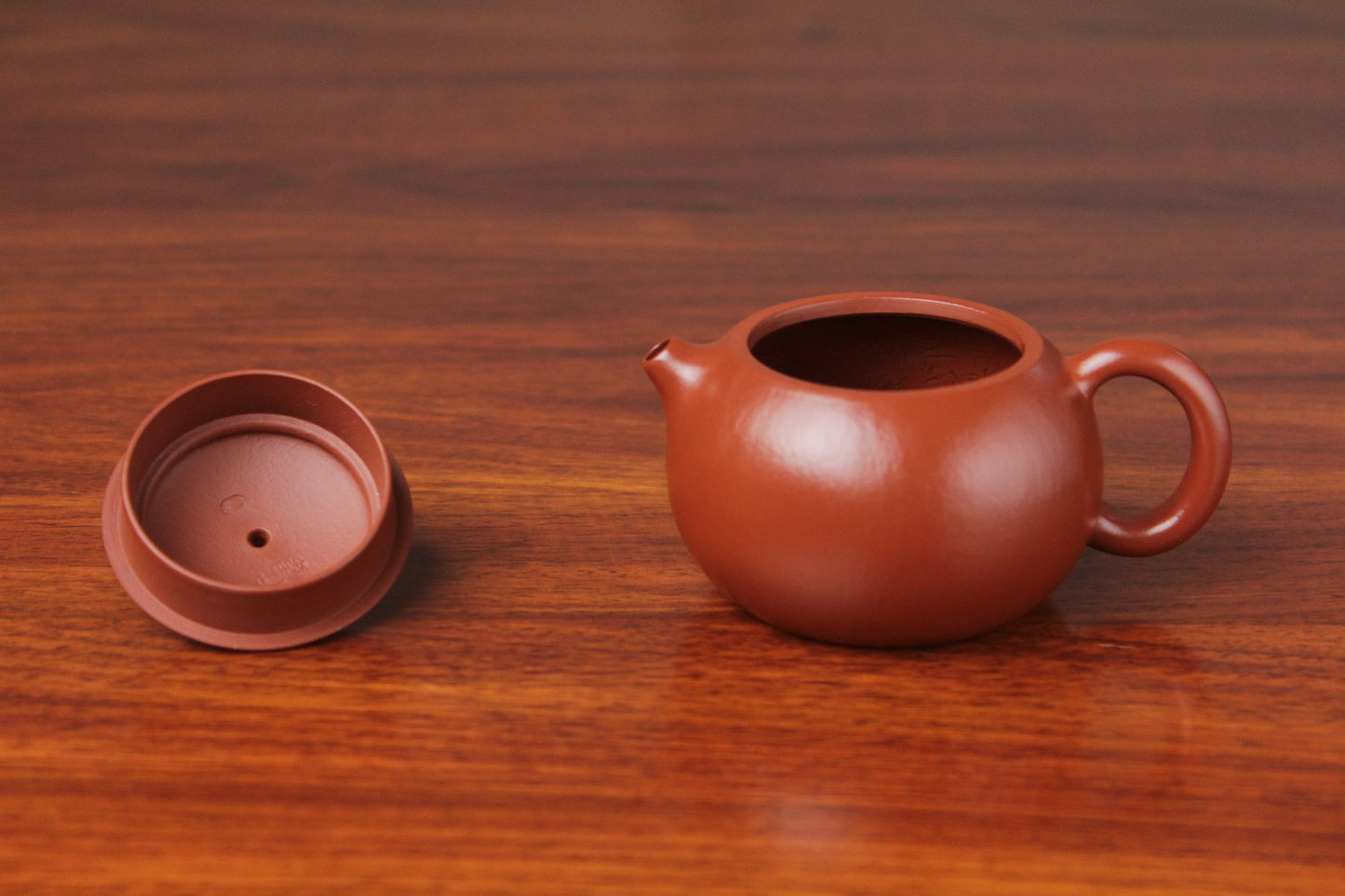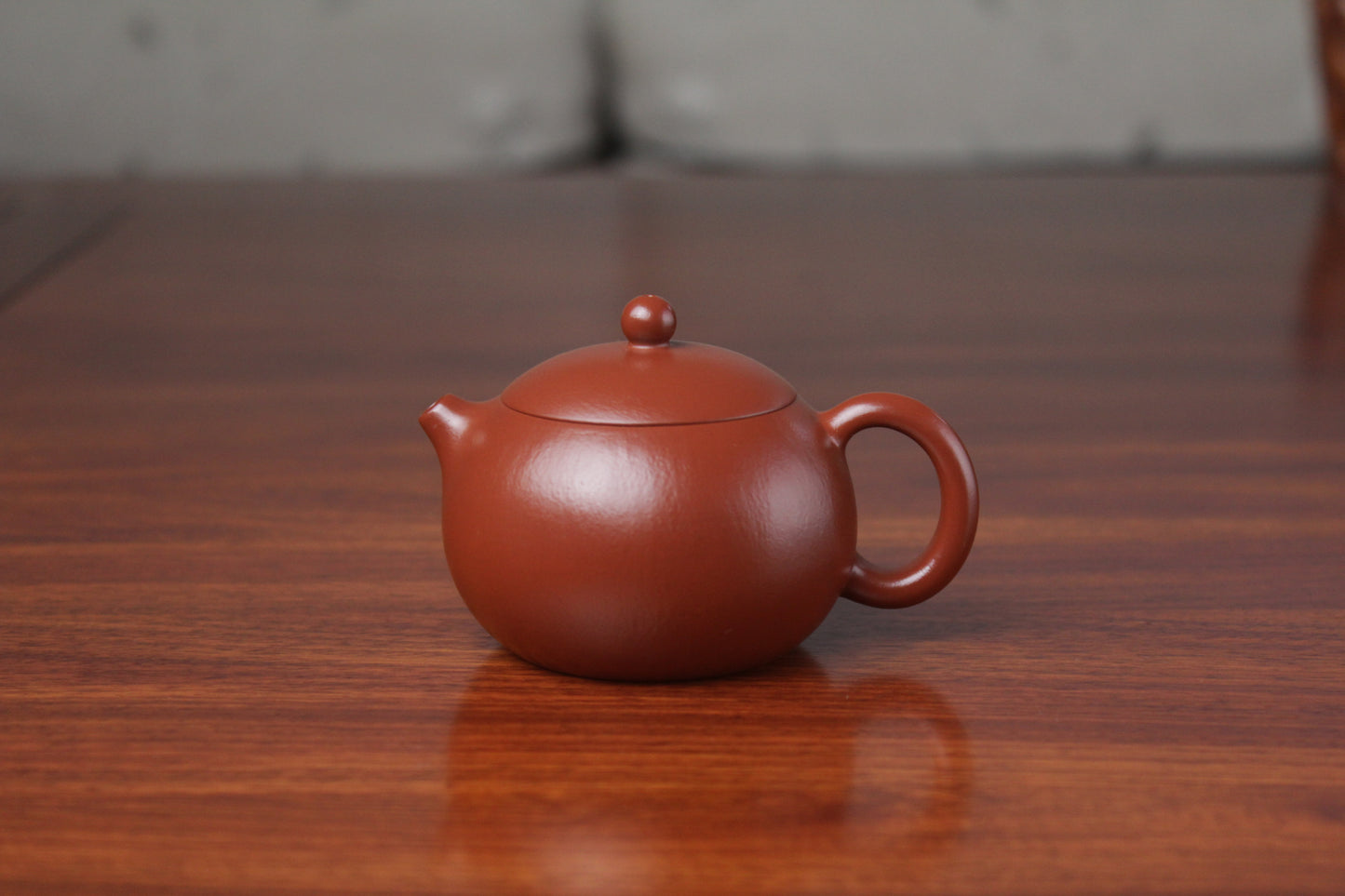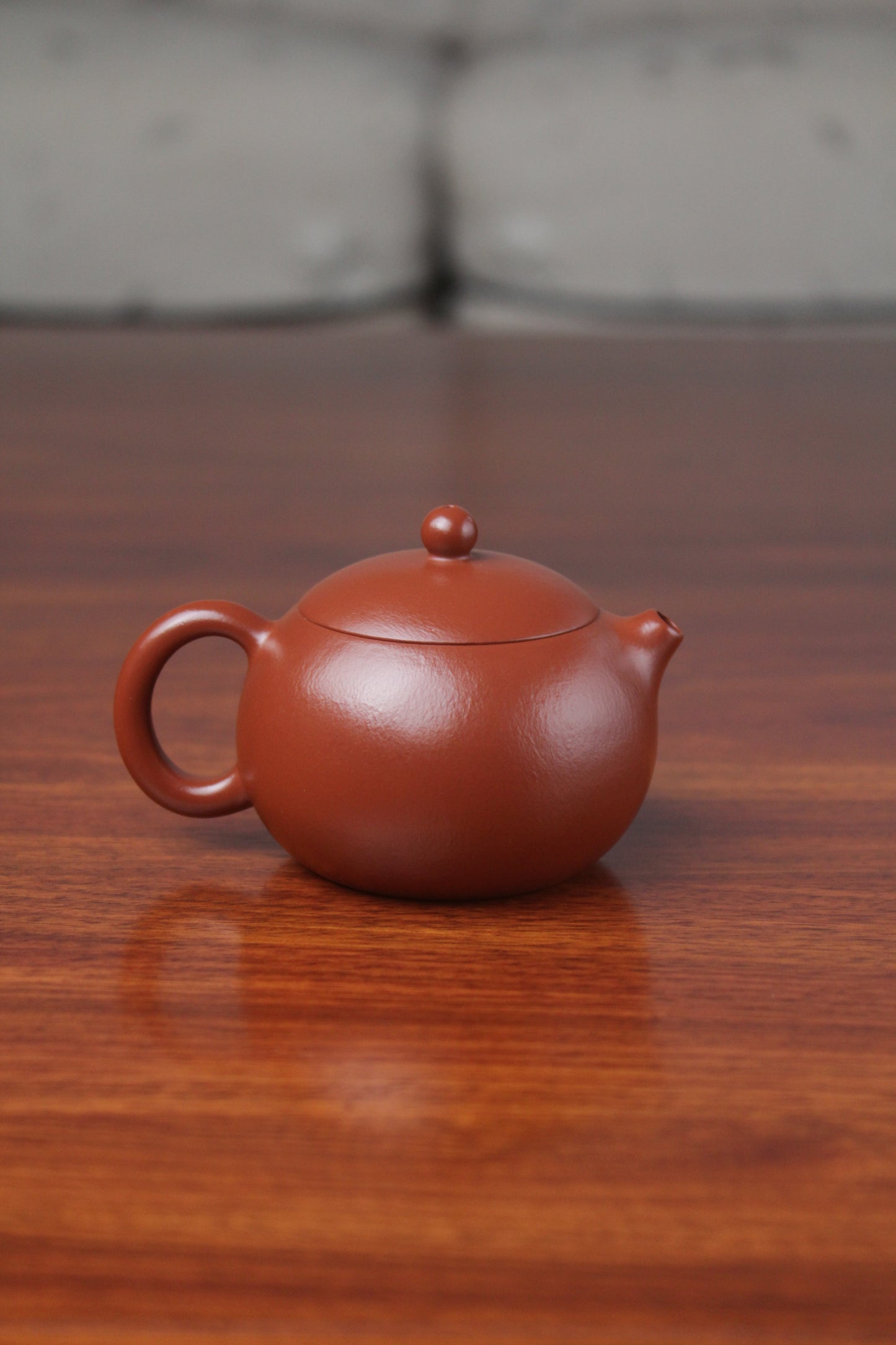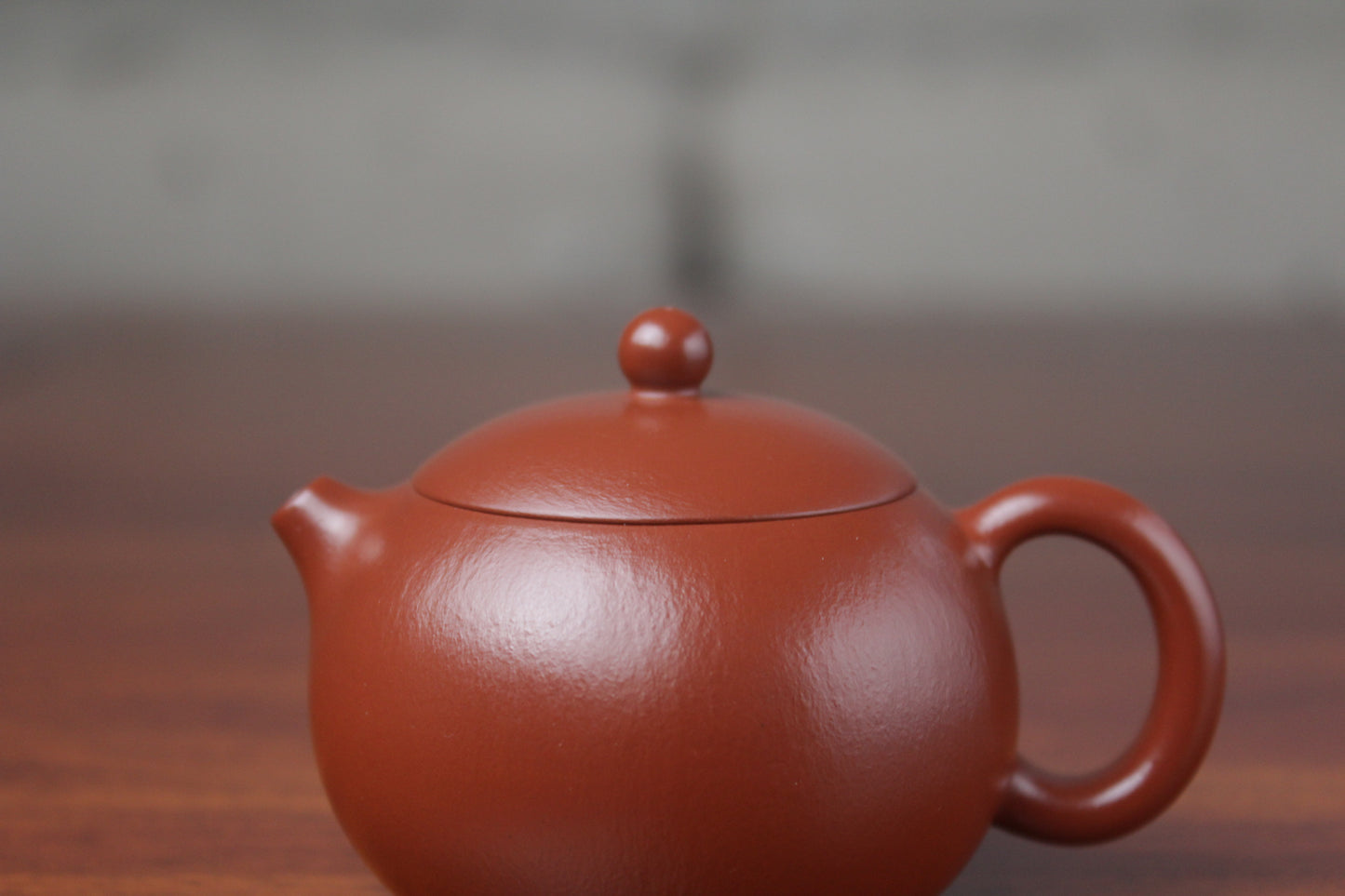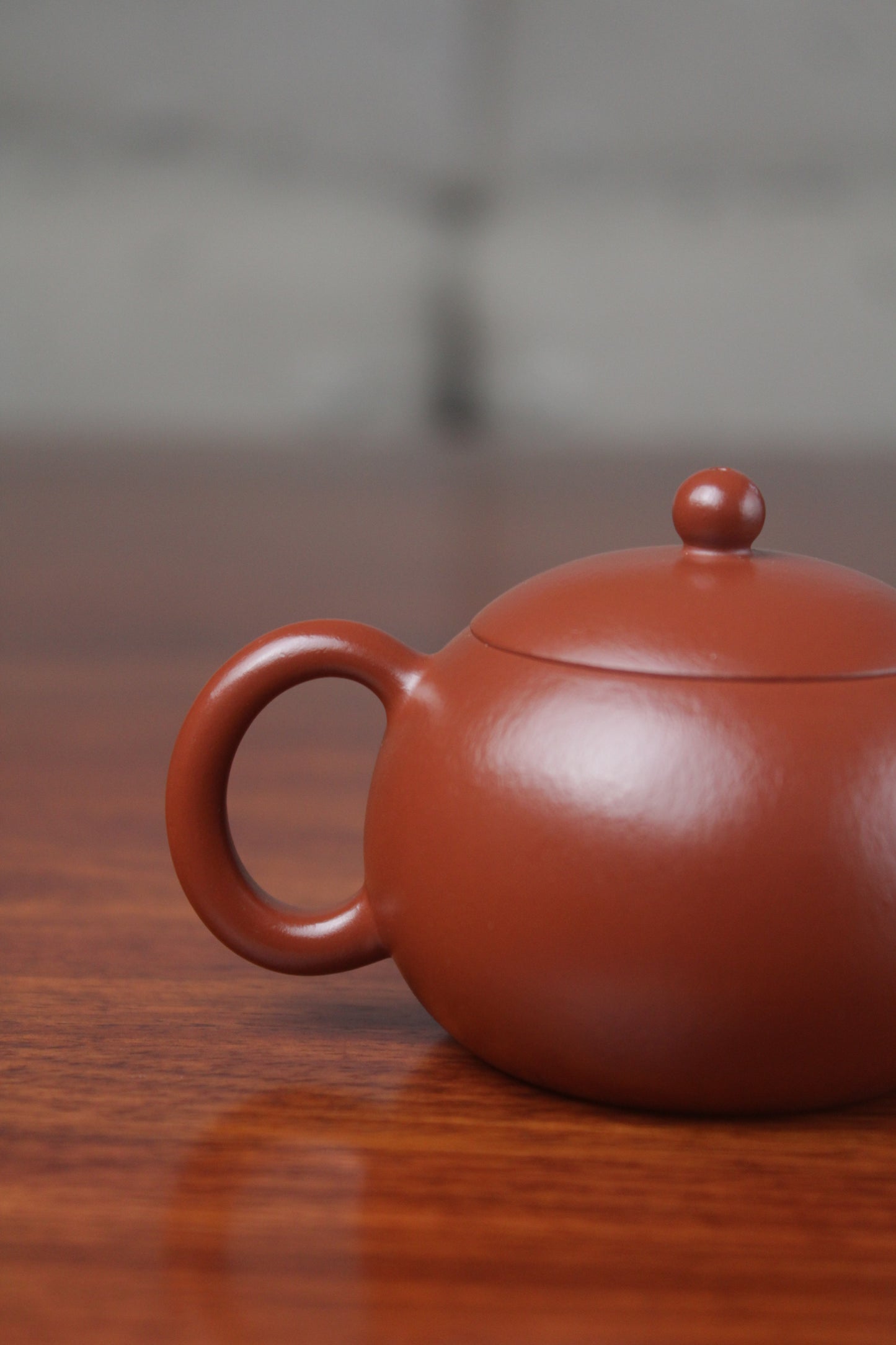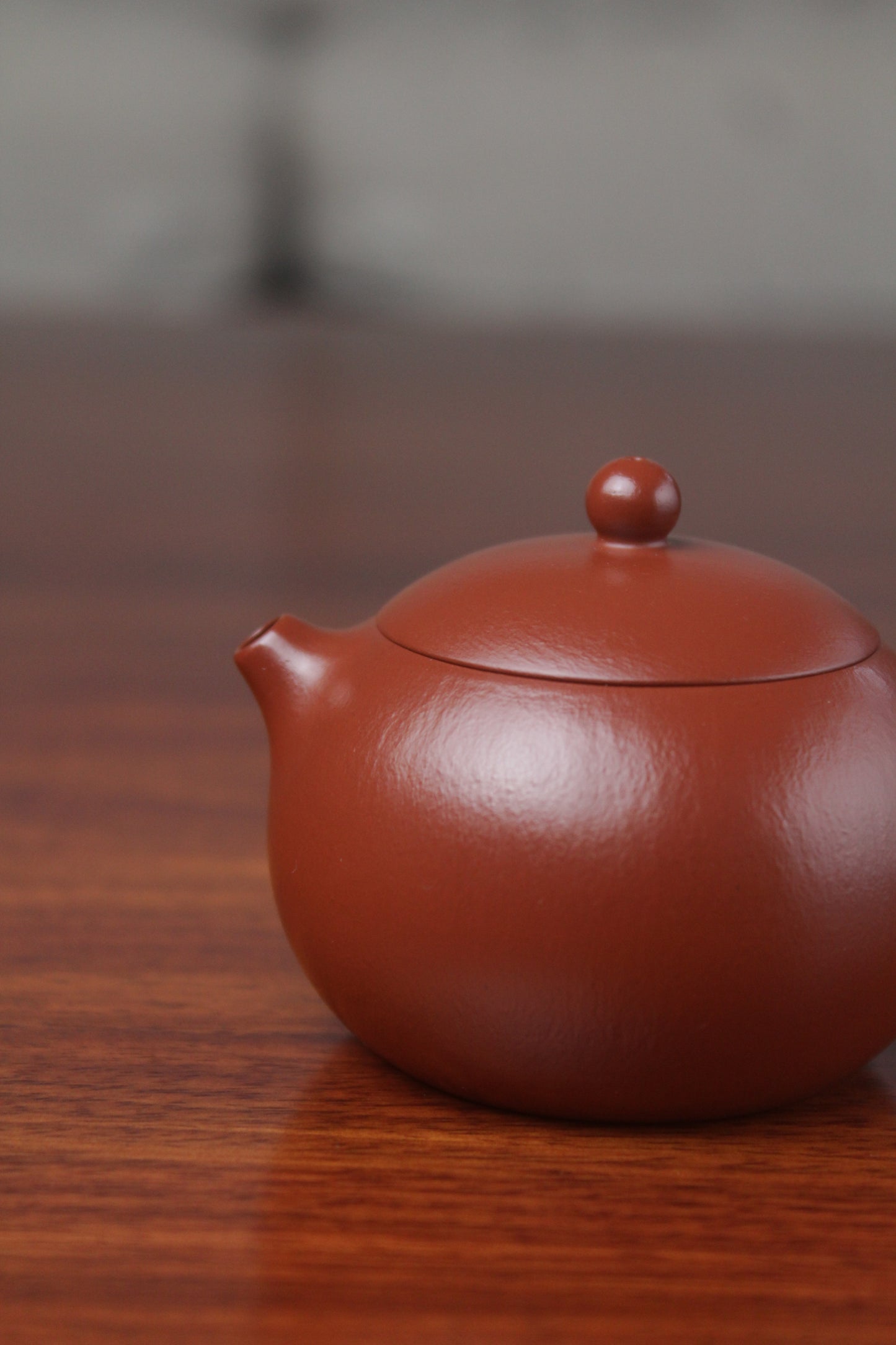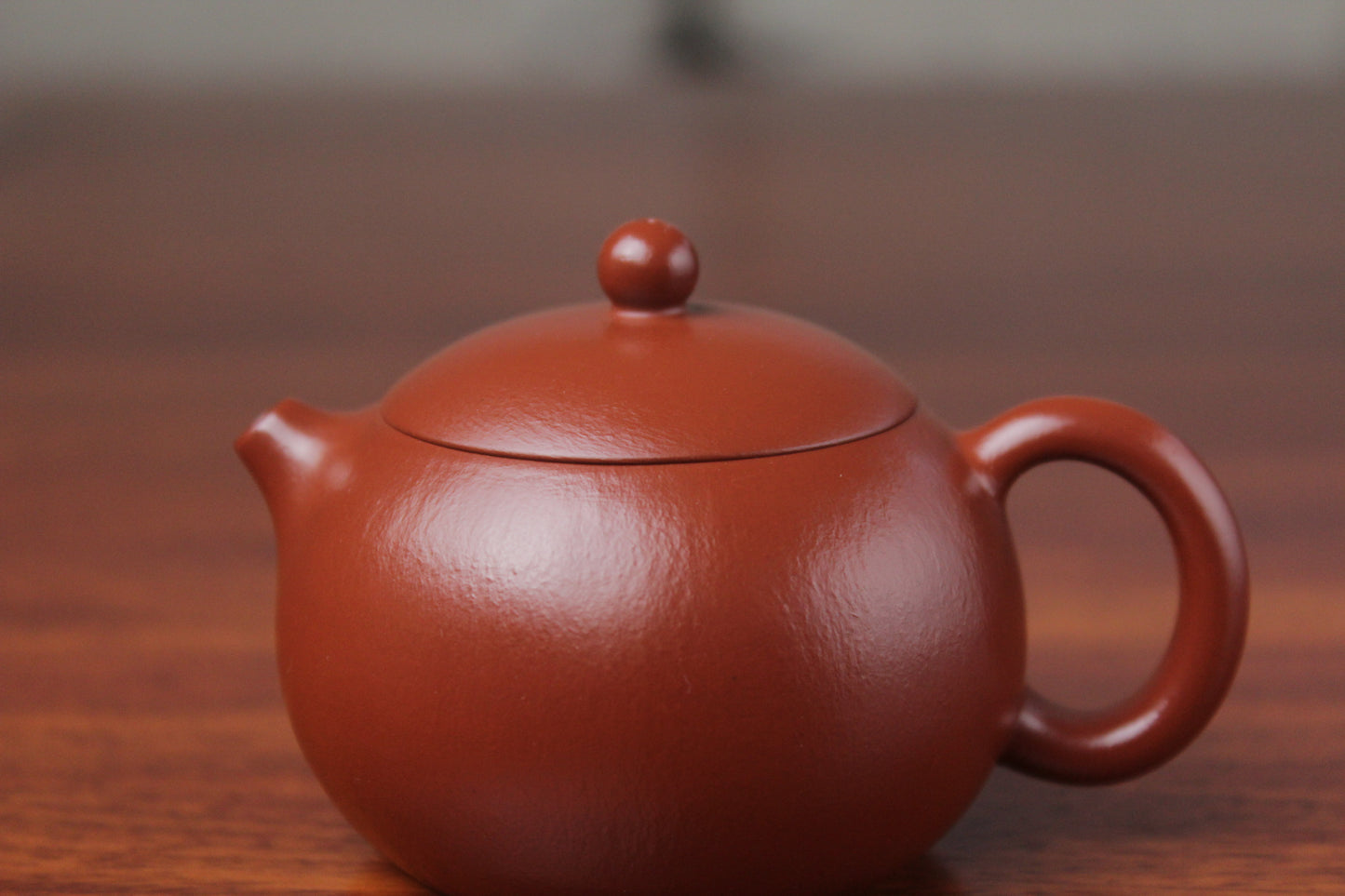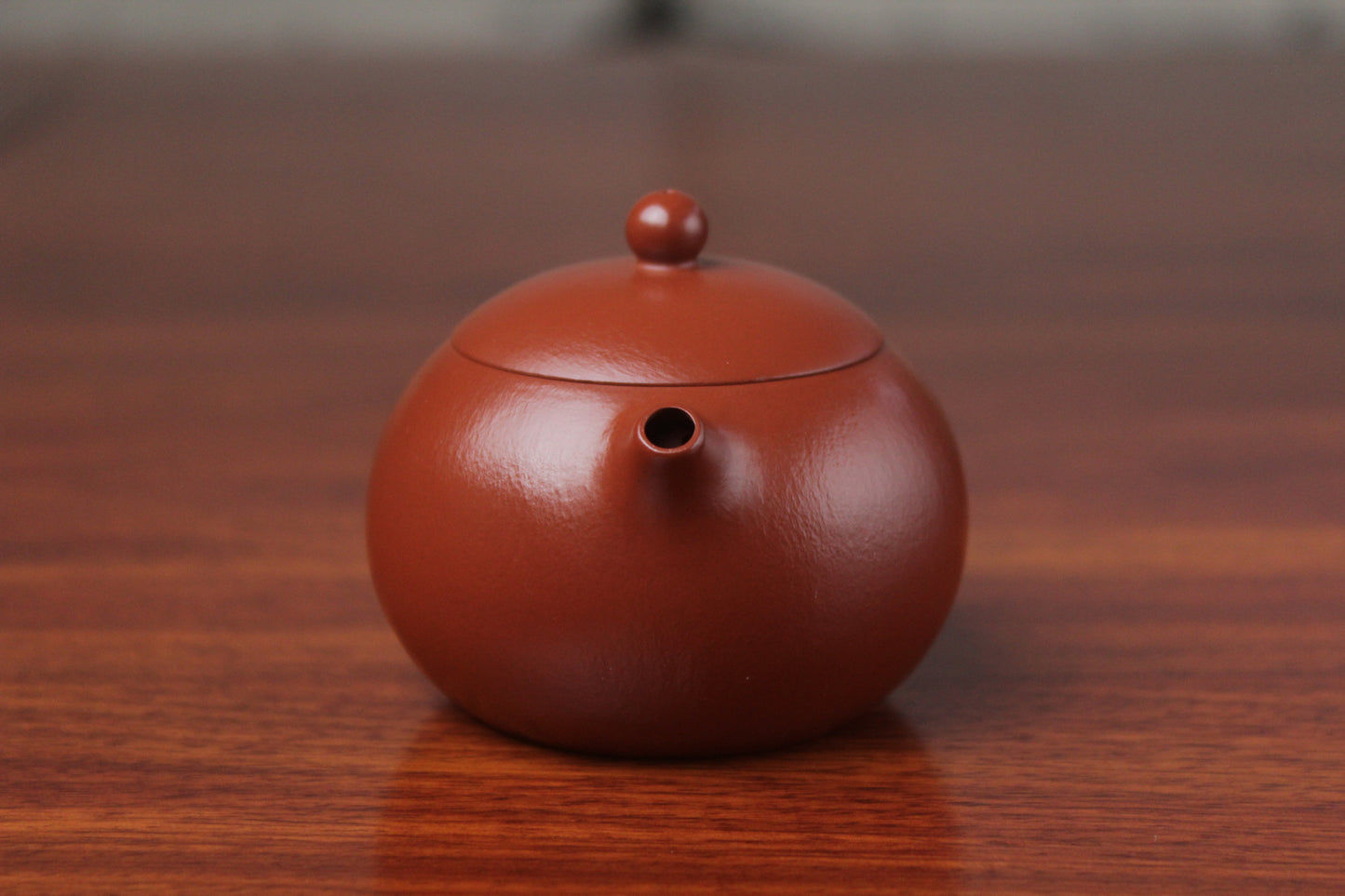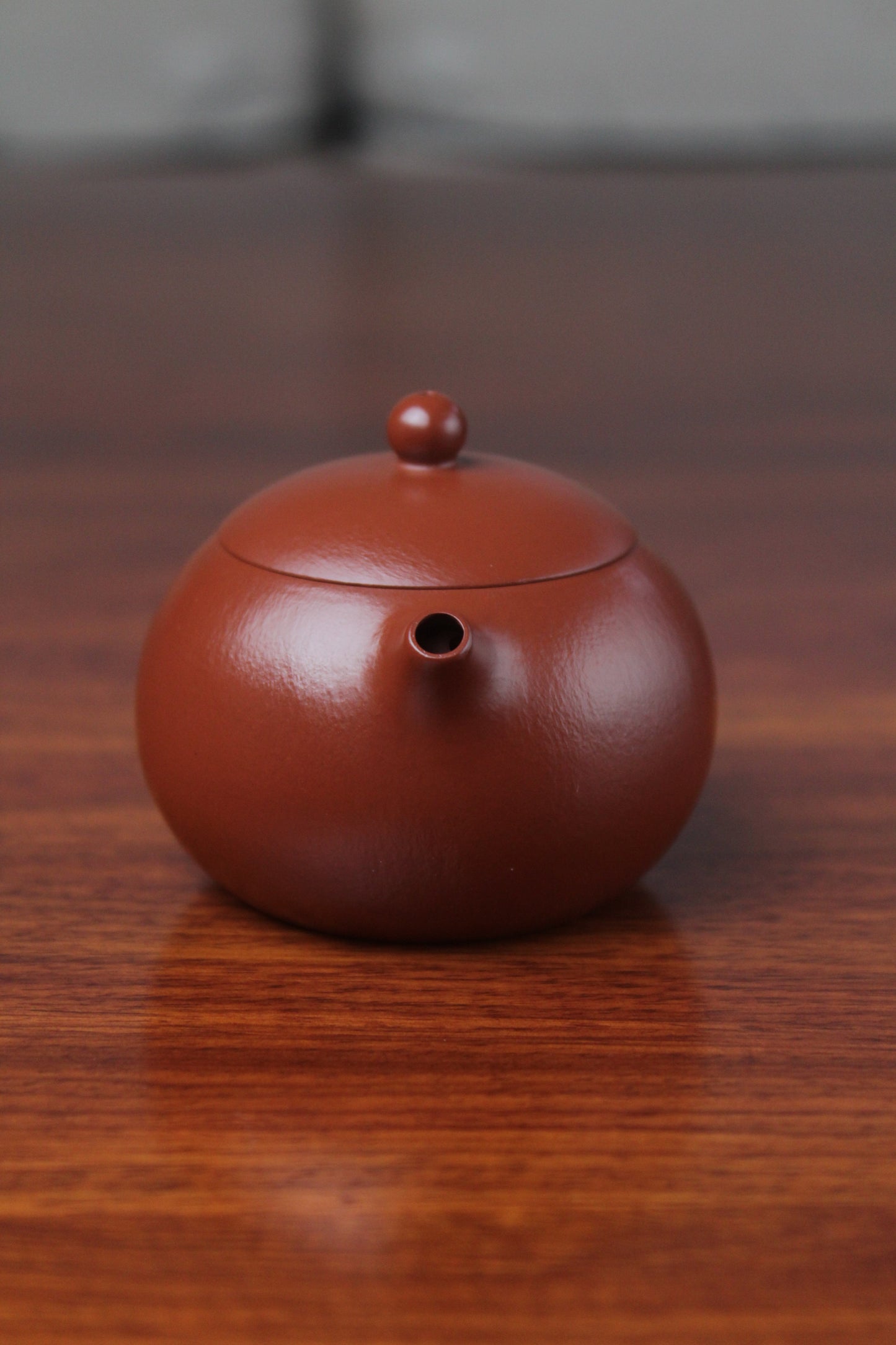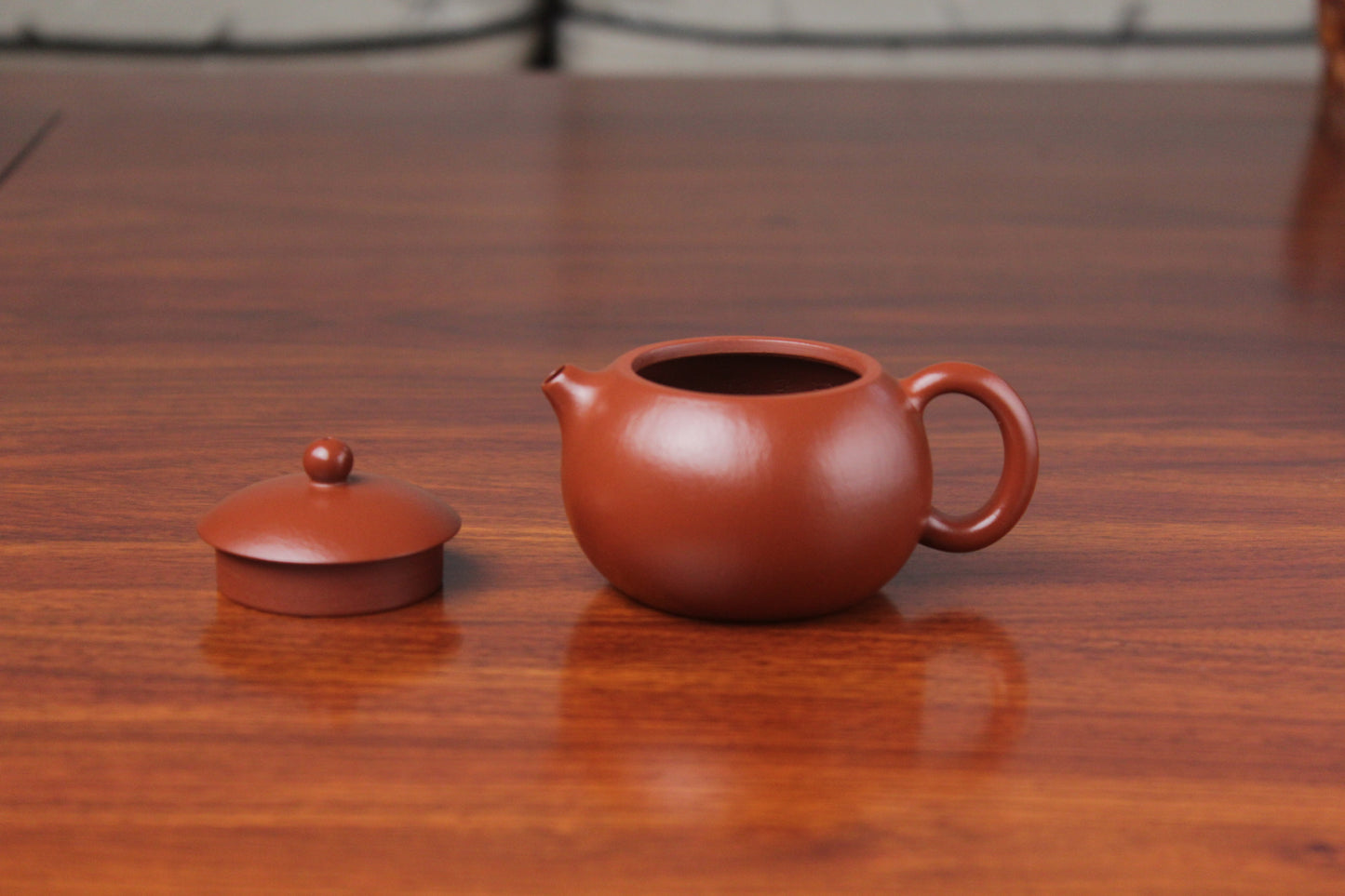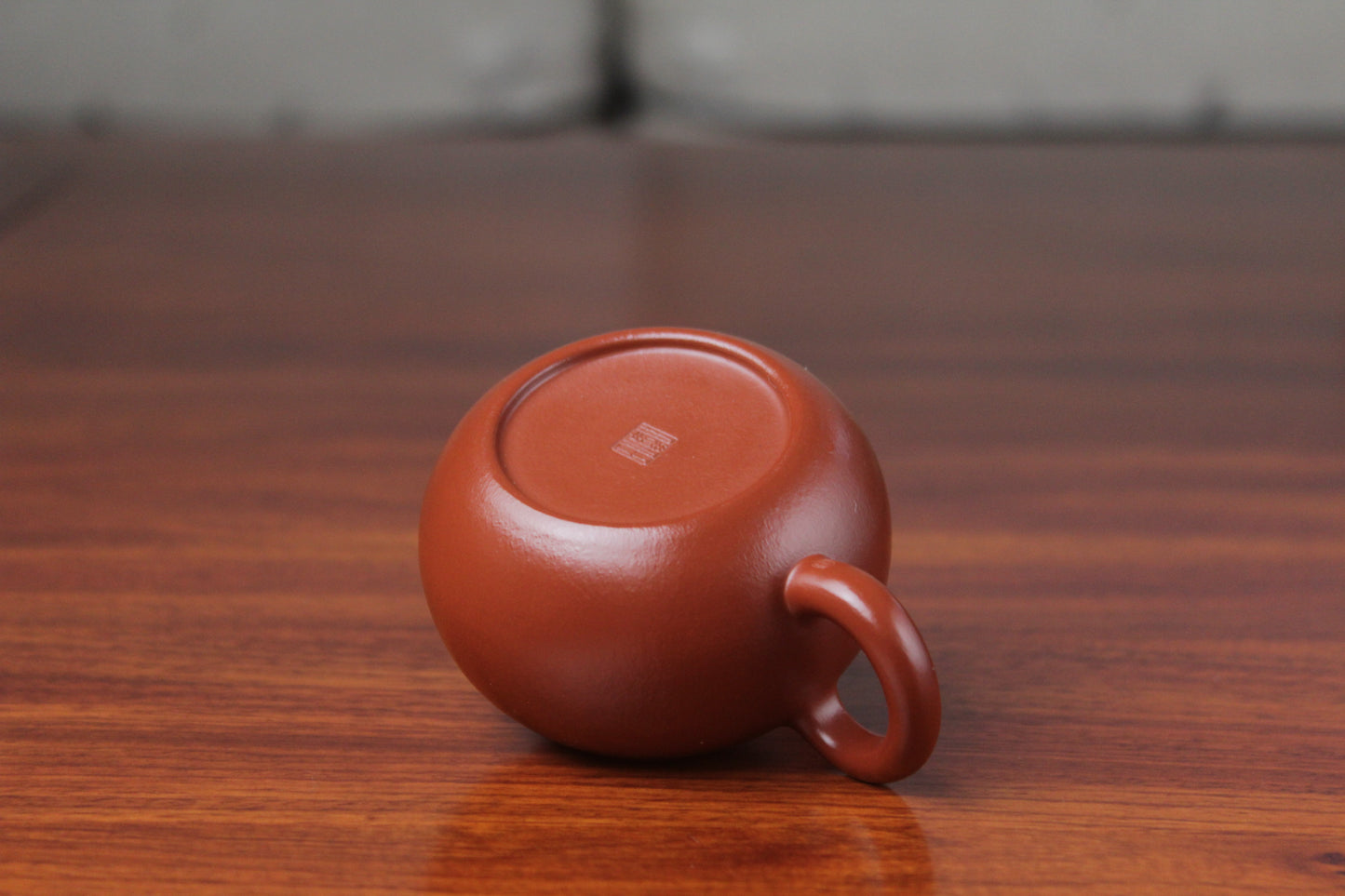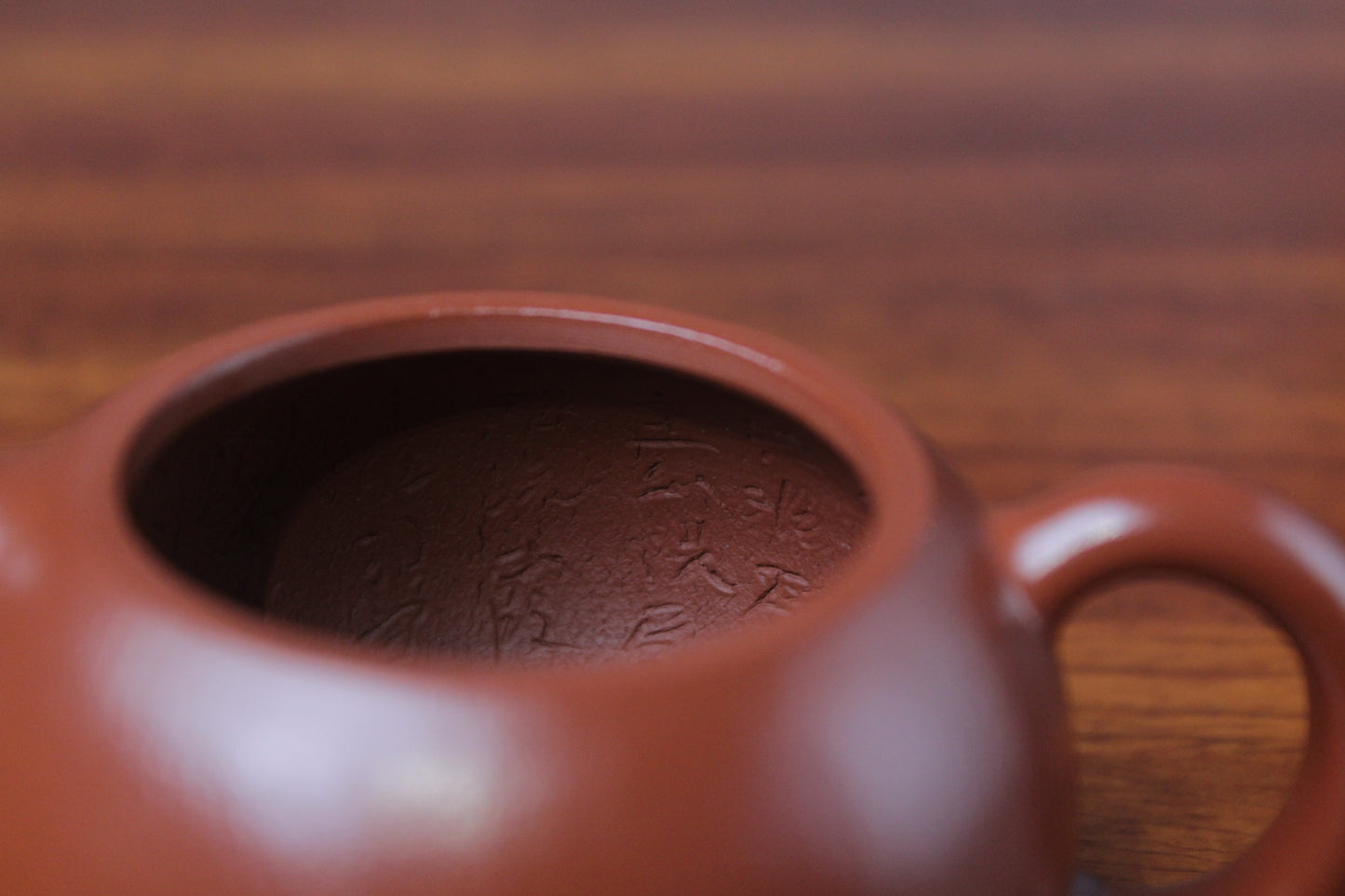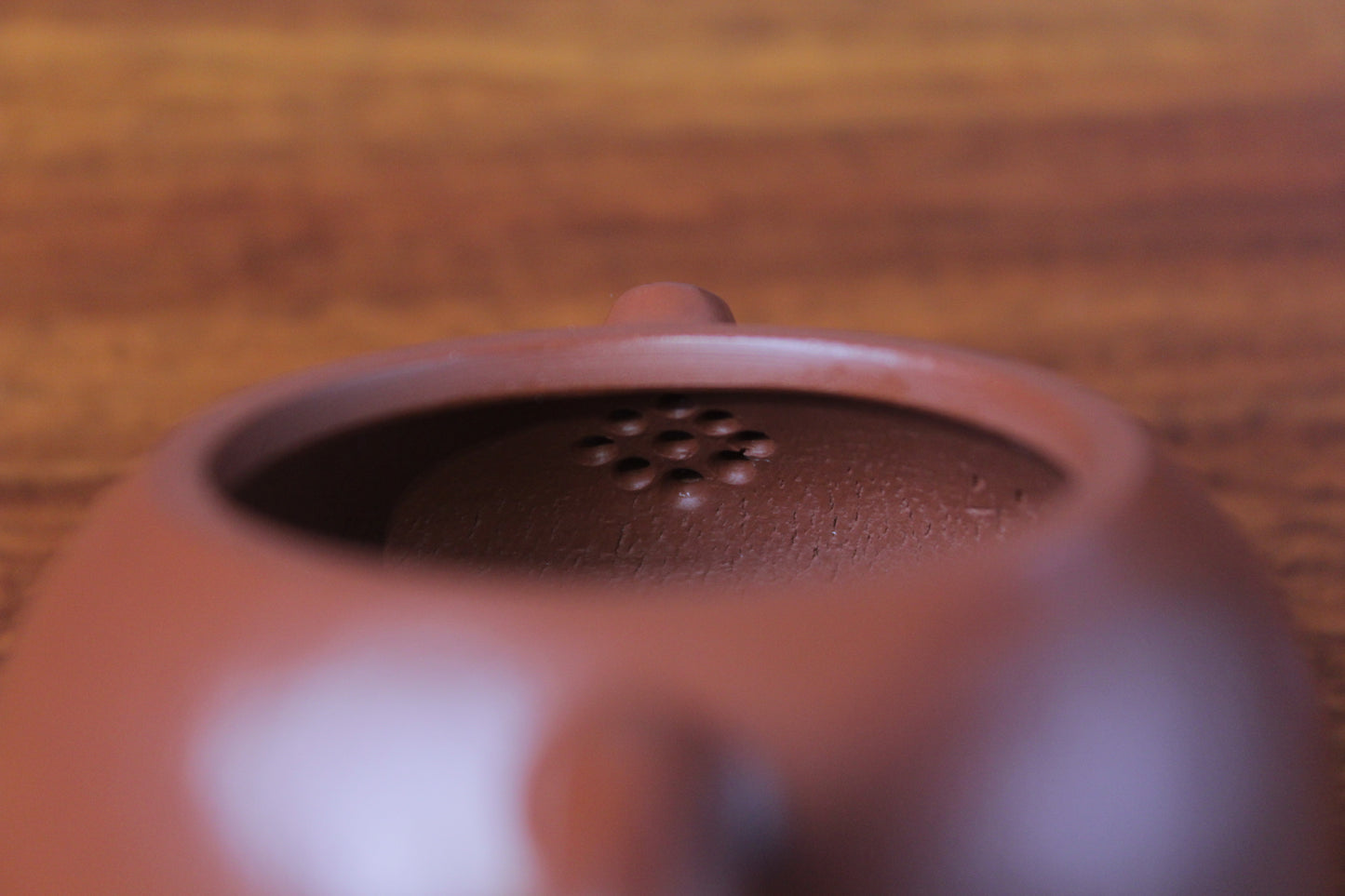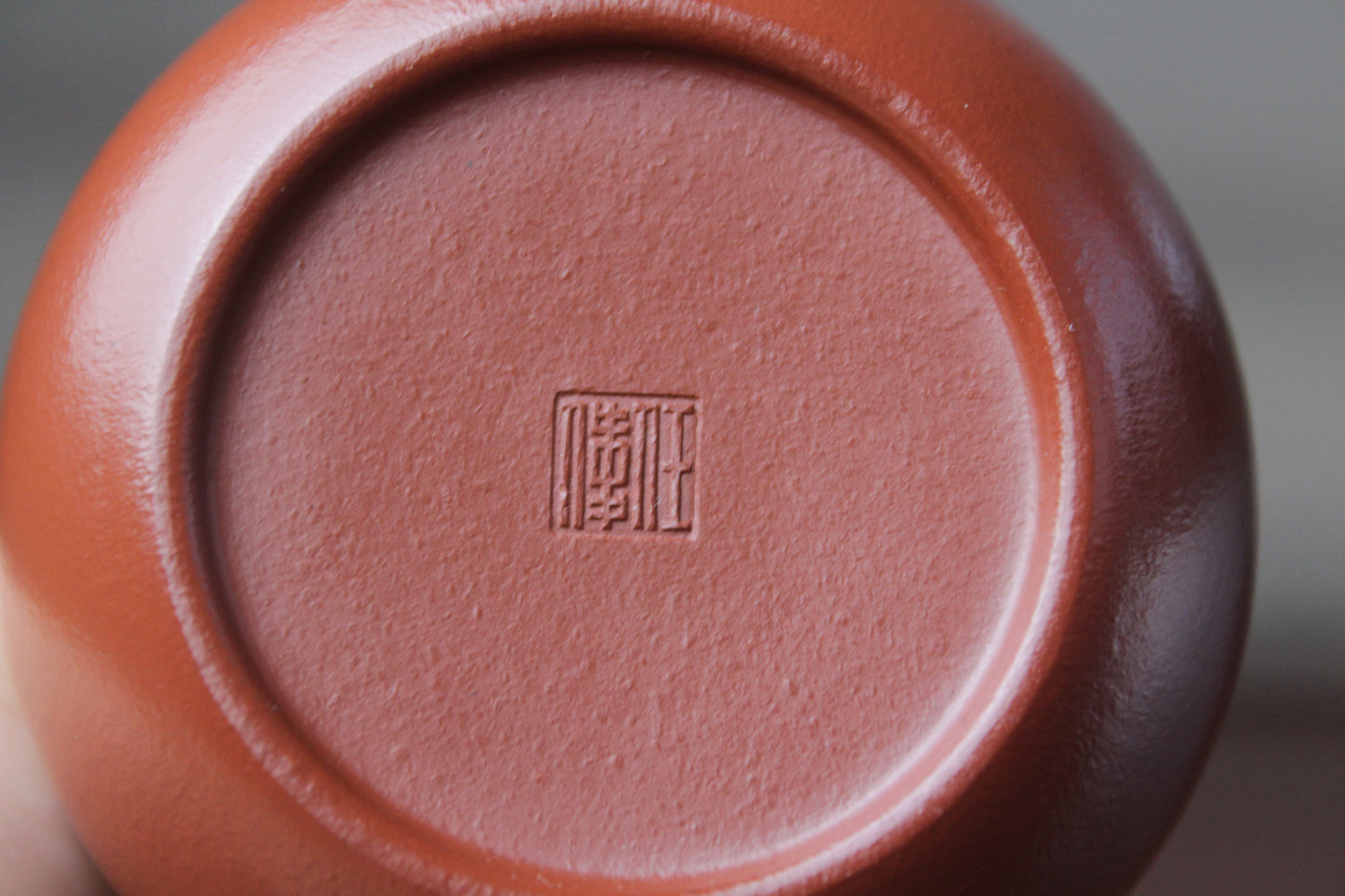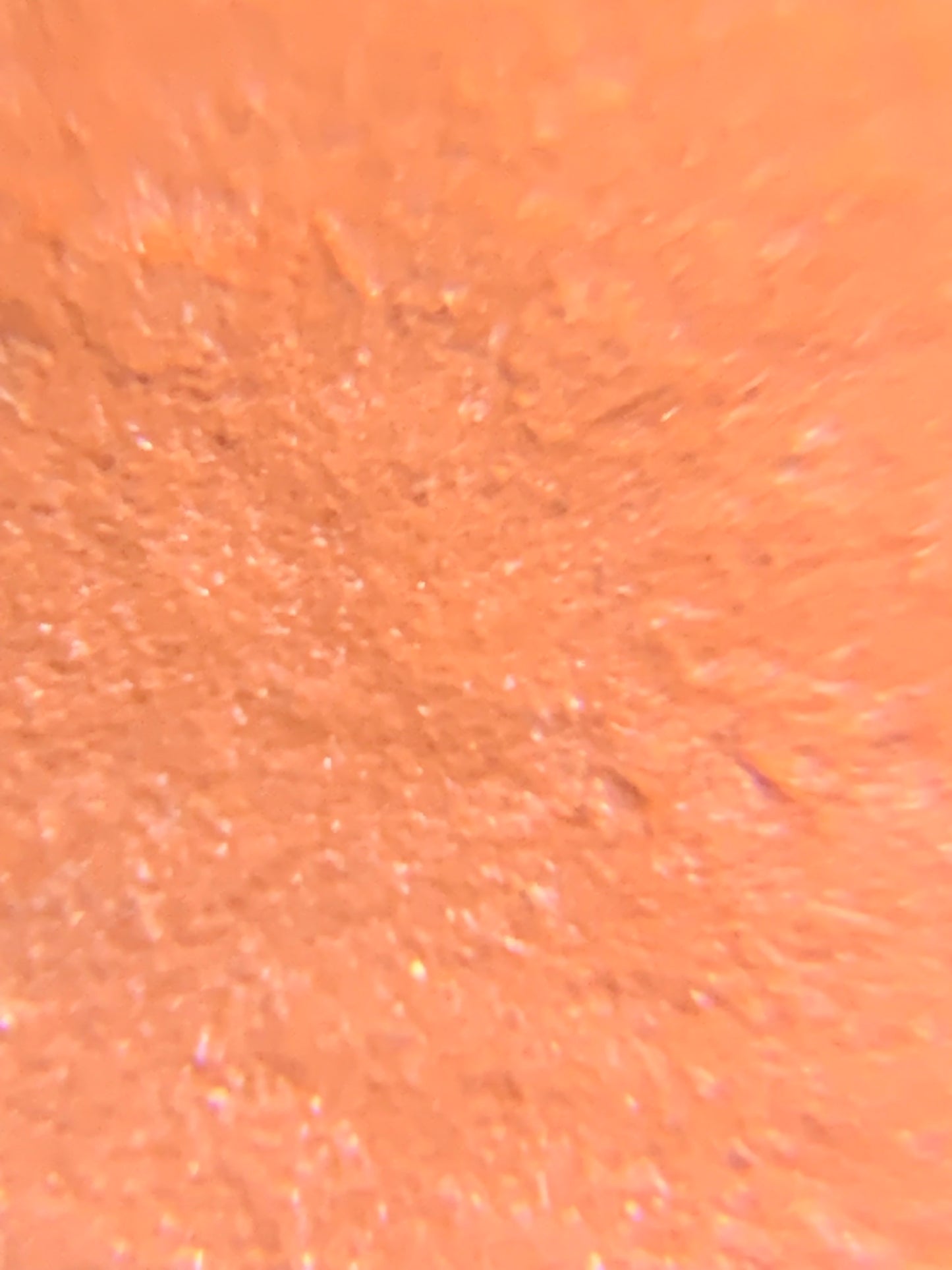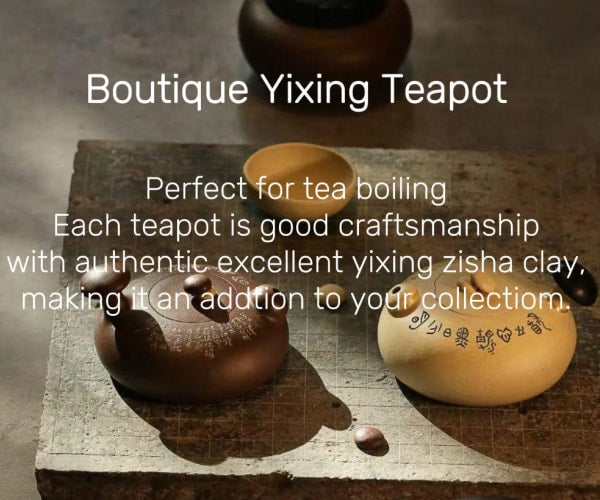Xishi Teapot
Originally known as the Wendan Teapot, the most refined version of this design was initially called the "Xishi Breast Teapot" (Xishi Ru), as its shape resembles the full bosom of the legendary beauty Xishi. Indeed, the teapot mimics the form of a voluptuous breast, with the knob resembling a nipple, a short and slightly stout spout, and an inverted ear-shaped handle. The lid is a flush-cut design, and the base tapers inward slightly, finished with a simple pressed foot. Later, people found the name "Xishi Breast" too vulgar and renamed it the "Inverted Handle Xishi Teapot" (Daoba Xishi Hu).

The Origin of the Xishi Teapot
The Xishi Teapot, formerly known as the "Xishi Breast Teapot," draws inspiration from one of China’s Four Great Beauties, Xishi. Not only does it bear an elegant name, but its petite and charming form exudes feminine grace and charm.

Historical records on purple clay teapots attribute the earliest creation of this shape to Master Xu Youquan. The teapot features a rounded body, a flush-cut lid, and a short spout likened to a delicate cherry mouth. The handle is a flattened, inverted ear shape, while the lid and body together form a perfect sphere. The knob on the lid is also spherical, and the overall shape is often compared to a woman’s breast—pure, full of vitality, and symbolizing nurturing potential.
Later generations found the name "Xishi Breast" too crude, and due to its short, stout spout and inverted handle, it was renamed the "Inverted Handle Xishi Teapot." Today, it is commonly referred to simply as the "Xishi Teapot."
Distinctive Features of the Xishi Teapot
The Xishi Teapot is characterized by its plump, smooth curves, with seamless transitions that prevent any sense of heaviness. The upward-tilted spout resembles a pouting cherry mouth, evoking the coquettish charm of a young maiden. The handle, thicker at the bottom and tapering upward, curves closely along the body, adding a playful touch—like the flowing hair of a beauty. The lid fits snugly with the body, and the knob is small, delicate, and elegantly rounded.
This teapot is typically made in smaller sizes, with a capacity ranging from 80 to 150 ml, making it perfect for savoring tea.
Functional Excellence
Beyond its aesthetic appeal, the Xishi Teapot’s spacious, rounded interior makes it ideal for brewing various types of tea, particularly aged teas like dark tea, black tea, and oolong. Its excellent heat retention enhances the tea’s aroma and flavor, elevating the drinking experience.
The tight seal between the lid and body, along with the refined knob, adds a touch of sophistication. The balanced design avoids any exaggerated or drooping elements, resulting in a teapot that is both stable and lively.
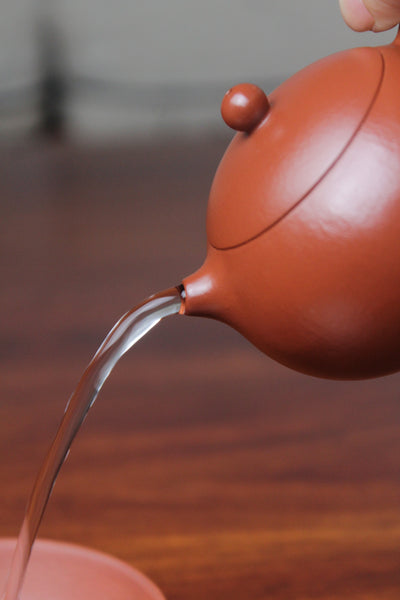
Cultural Legacy: The Legend of Xishi
A great teapot’s charm lies not only in its form but also in its cultural roots. The Xishi Teapot’s story is intertwined with Xishi, the ancient beauty, and King Goujian of Yue’s quest to reclaim his kingdom.
Xishi, a stunning laundress from the Spring and Autumn period, was so breathtaking that fish would supposedly sink in shame at her beauty (hence the idiom "沉鱼落雁"—"fish sink, geese alight"). To defeat the rival state of Wu, King Goujian employed a "beauty stratagem," offering Xishi to King Fuchai of Wu to distract him from governance.
The minister Fan Li was tasked with finding a suitable beauty and, upon discovering Xishi, fell in love with her. Yet, for the sake of his country, he presented her to Fuchai. Enthralled, Fuchai neglected his duties, leading to Wu’s decline and eventual conquest by Yue.
After Wu’s fall, Fan Li and Xishi escaped the court and settled in Yixing’s Ding Mountain, where they lived a quiet life. Fan Li took up pottery, and the Xishi Teapot’s design was inspired by Xishi herself—the body symbolizing her alluring curves, the spout resembling her delicate lips.
To honor Fan Li and Xishi, Yixing locals revered Fan Li as the "Father of Pottery" and named landmarks after Xishi, such as Shidang Bridge. This deep cultural connection made the Xishi Teapot an enduring icon in purple clay craftsmanship.

